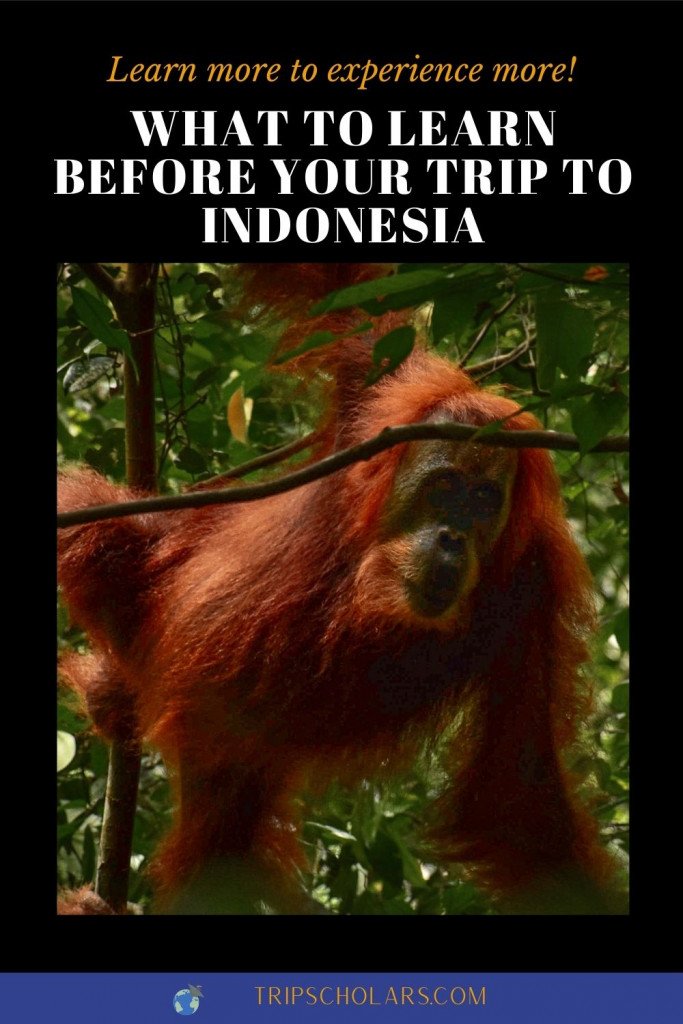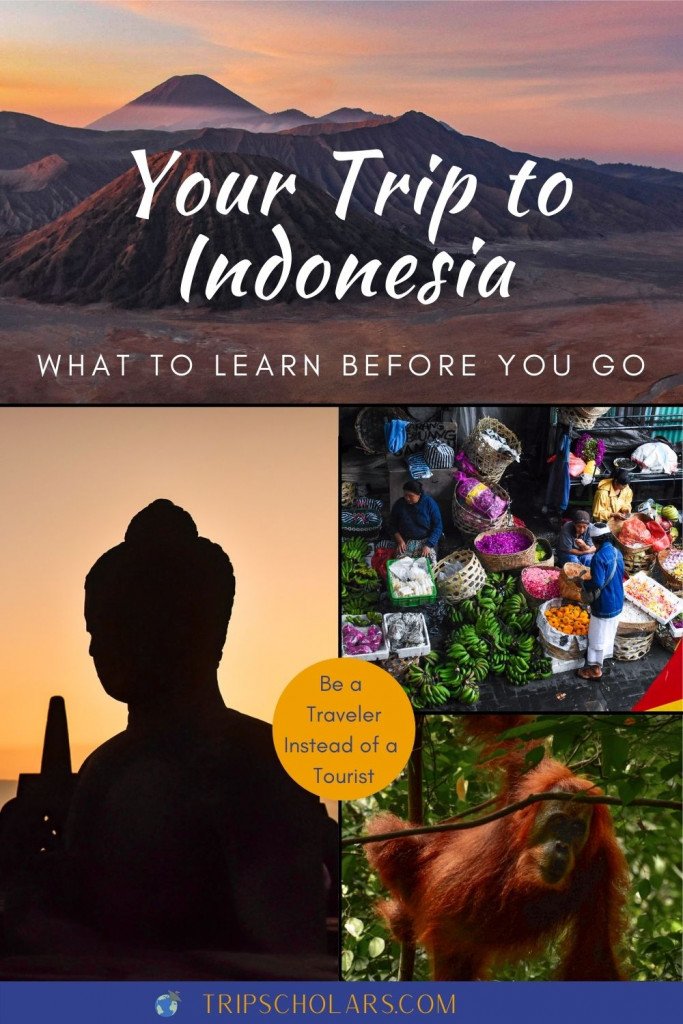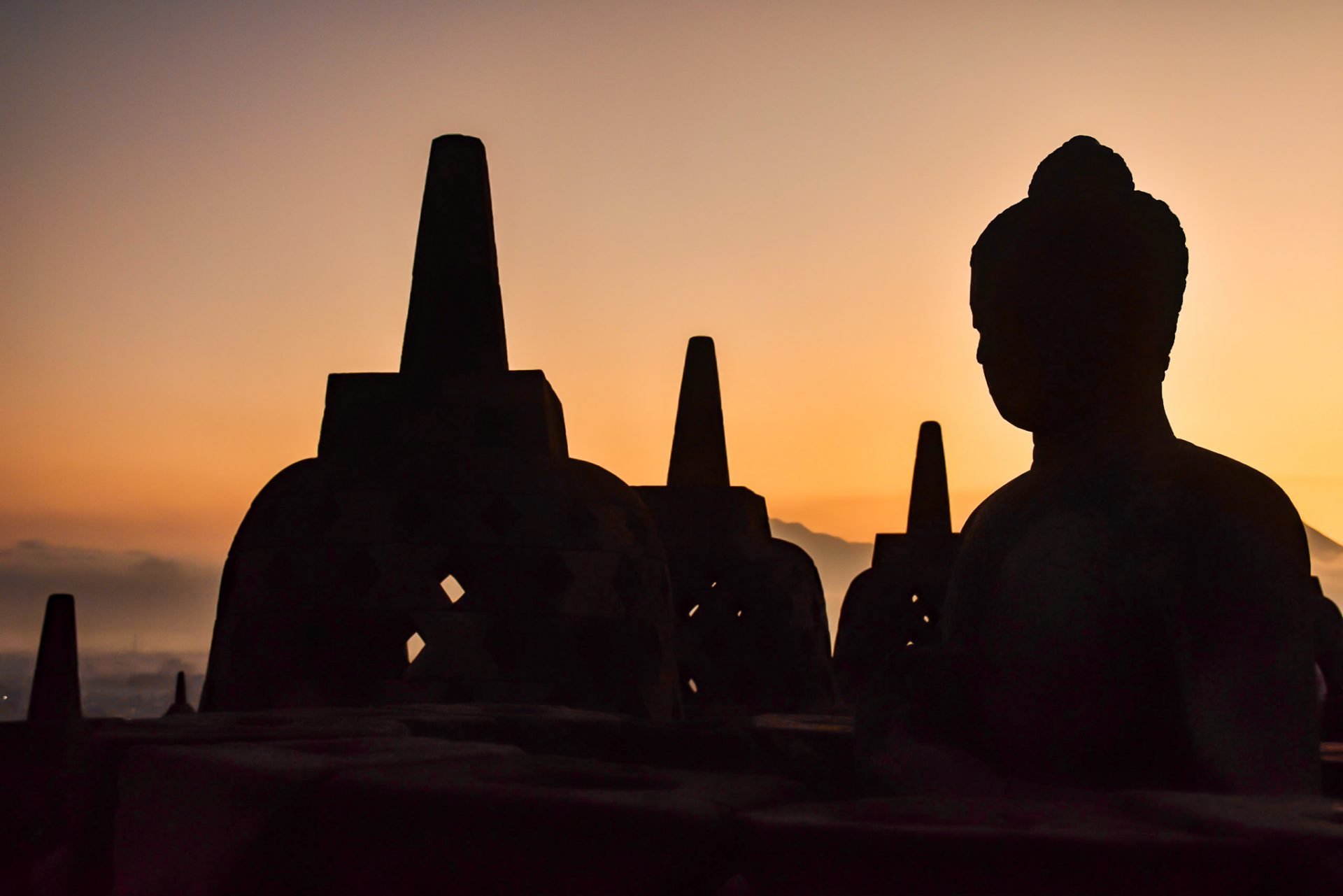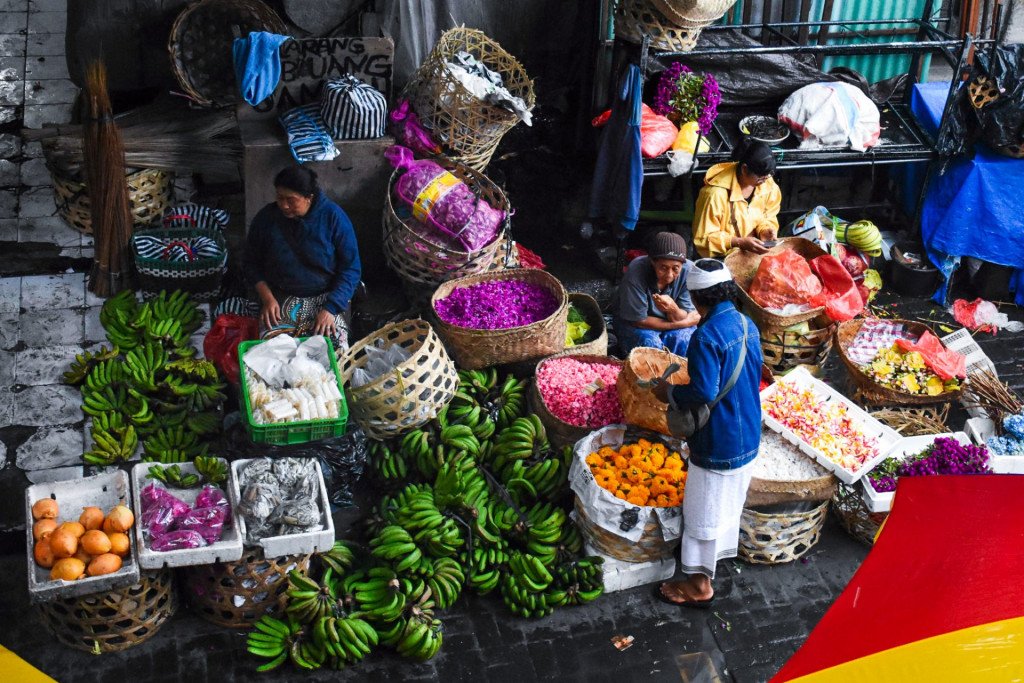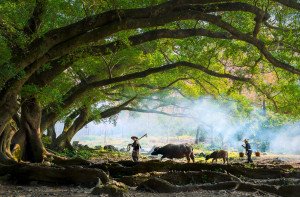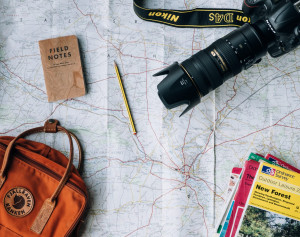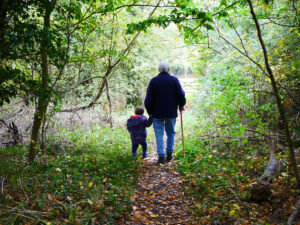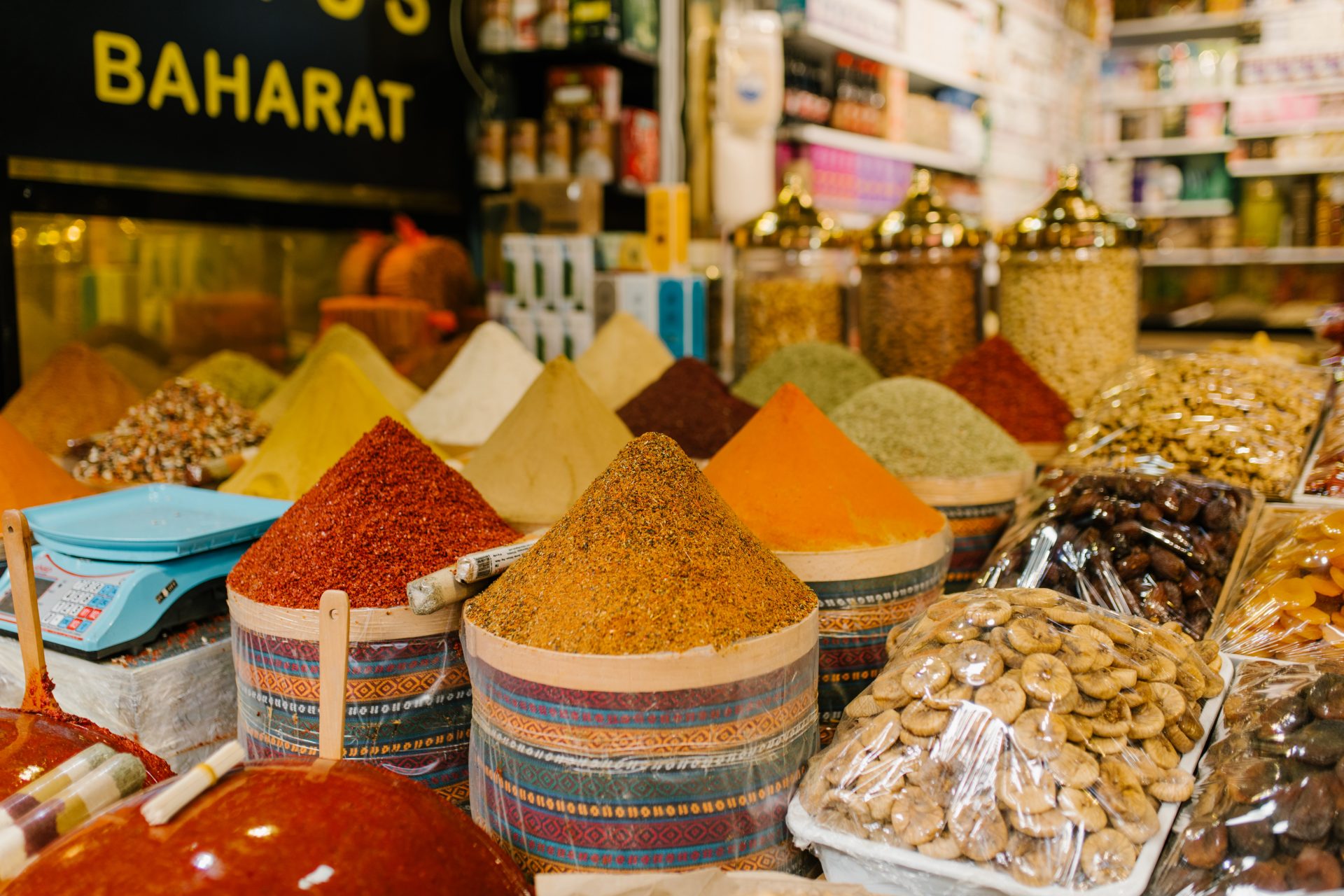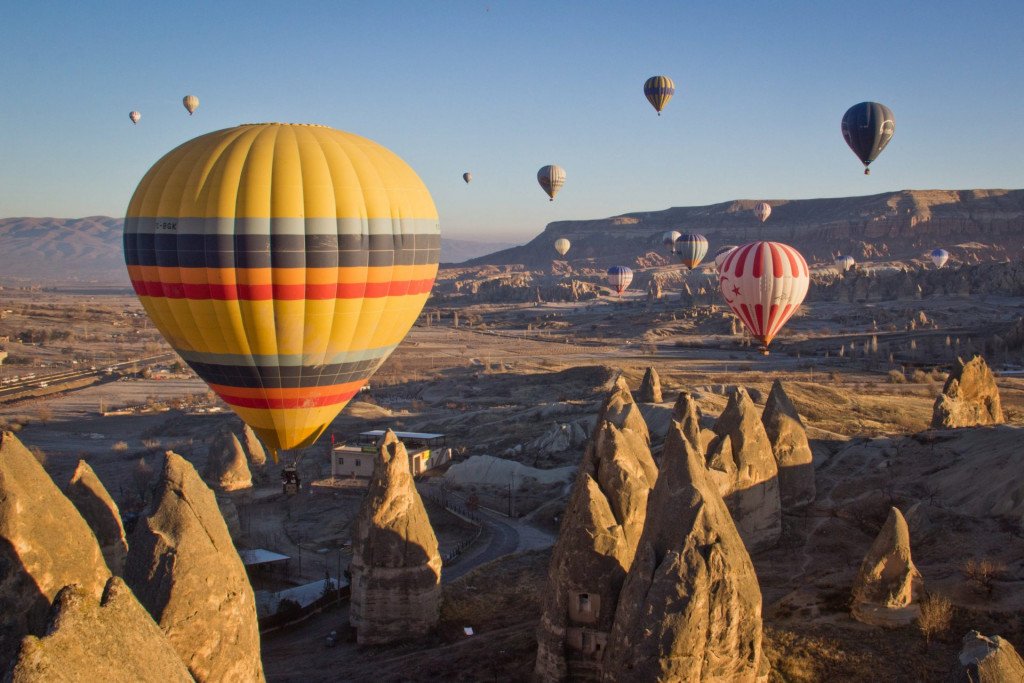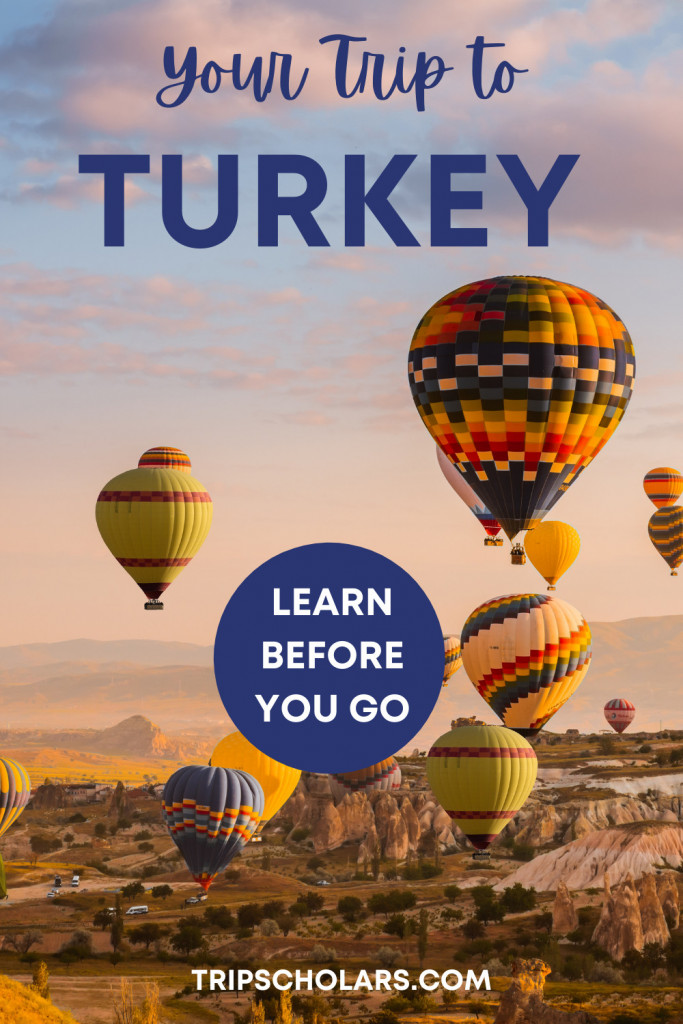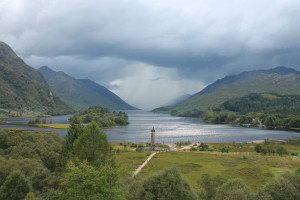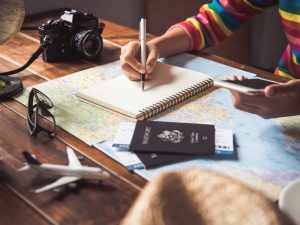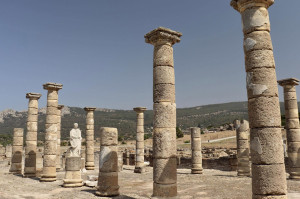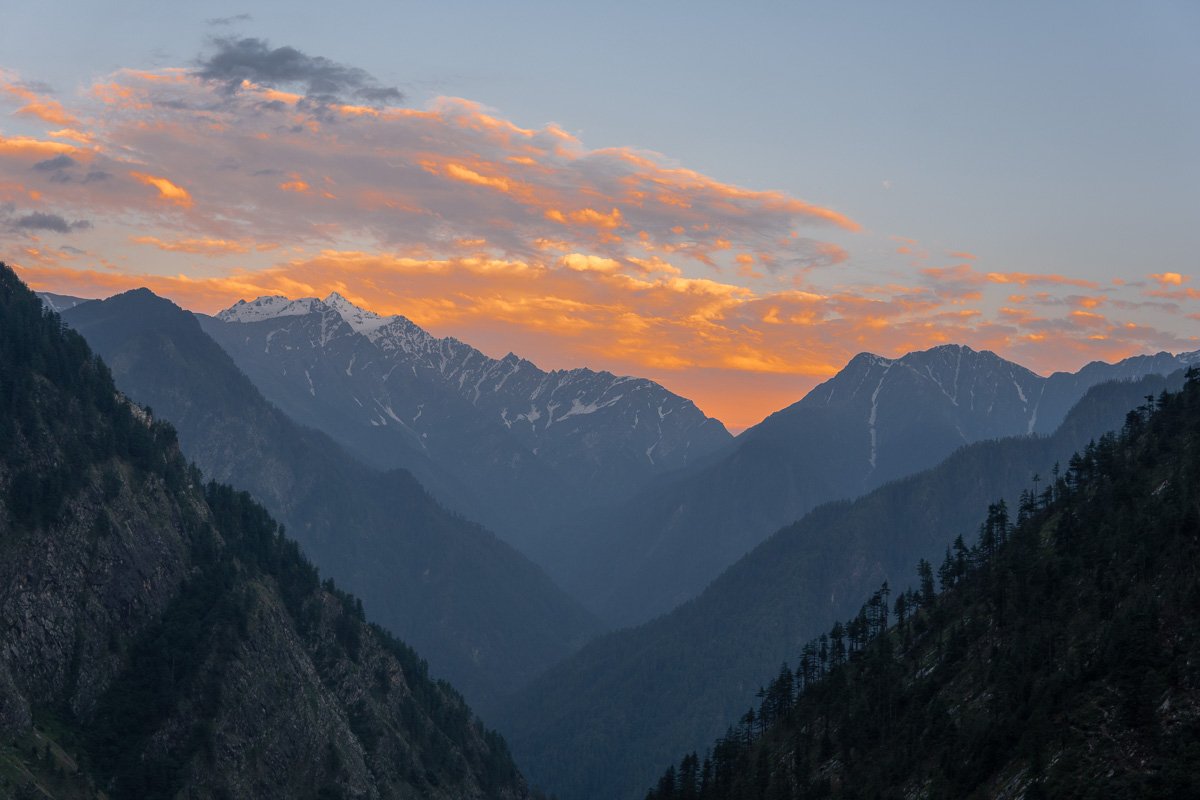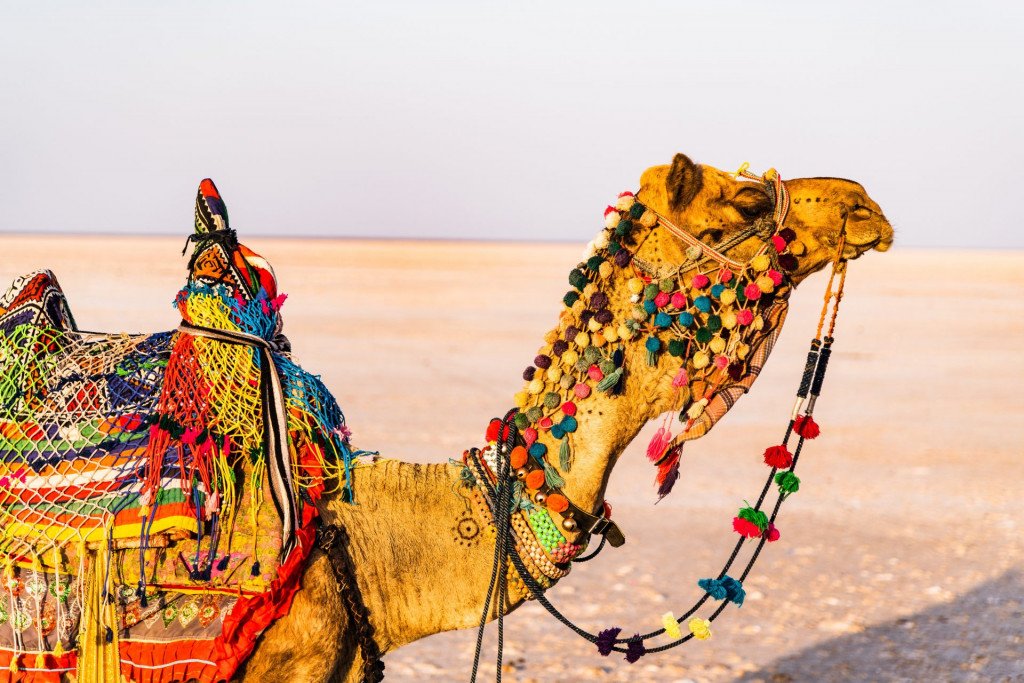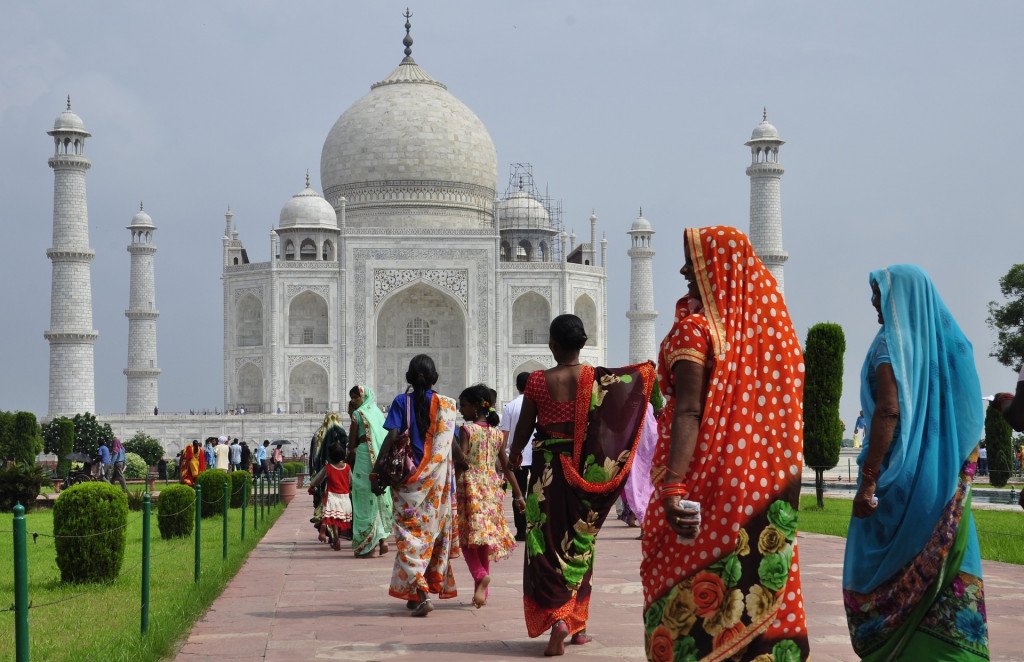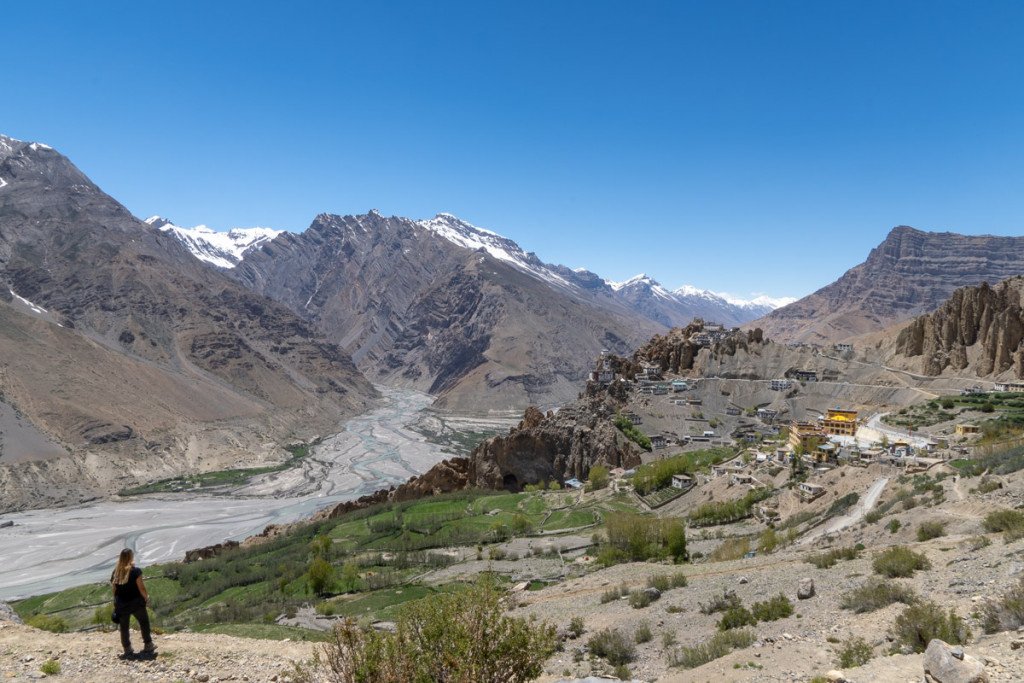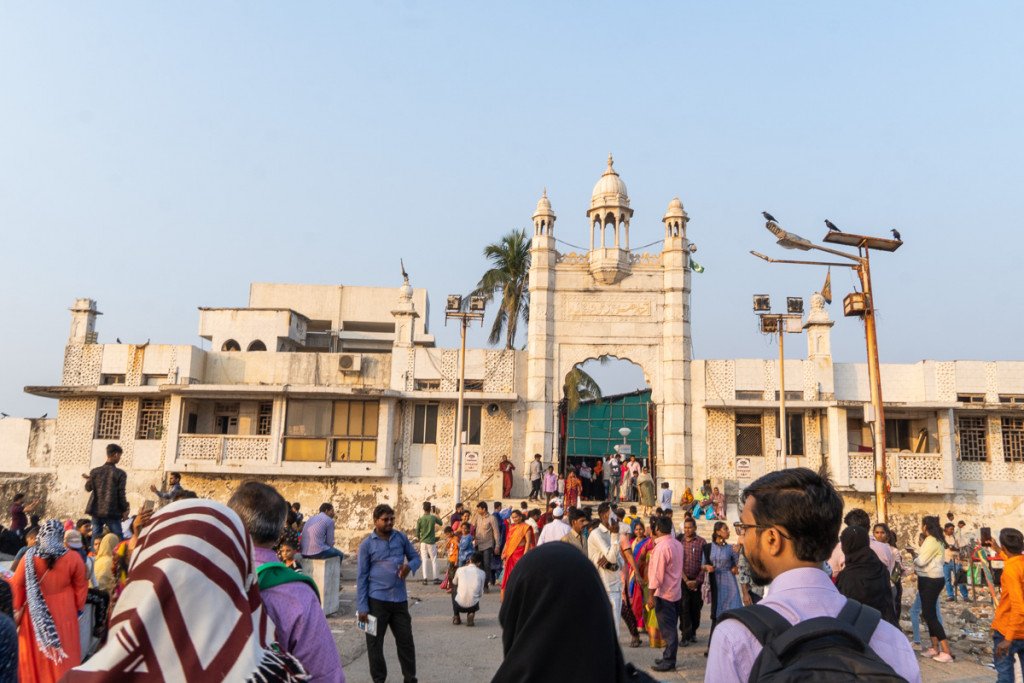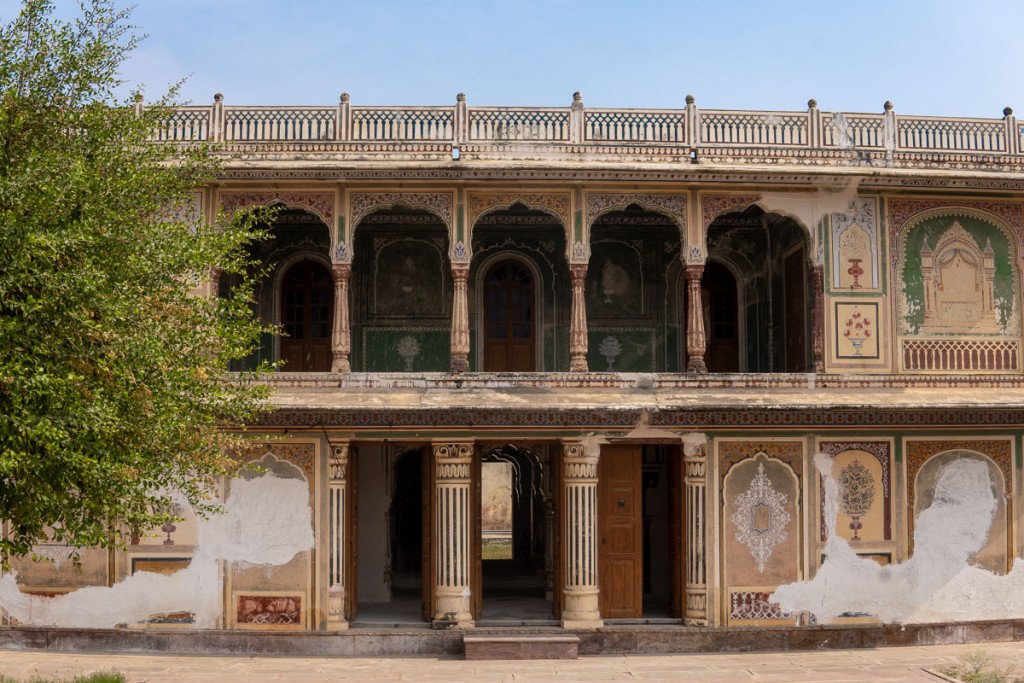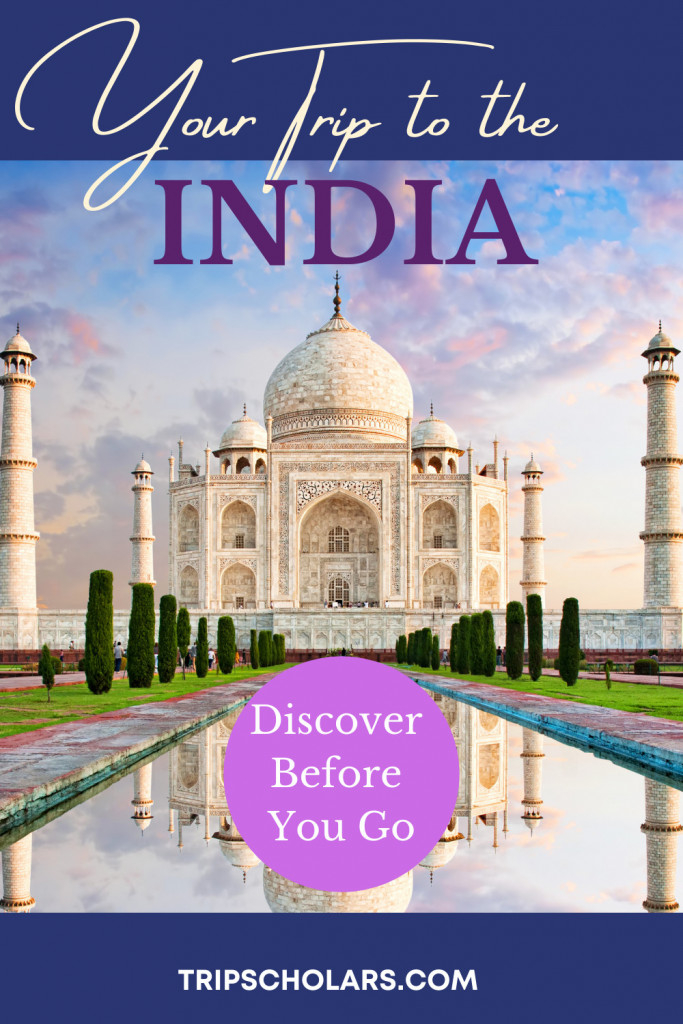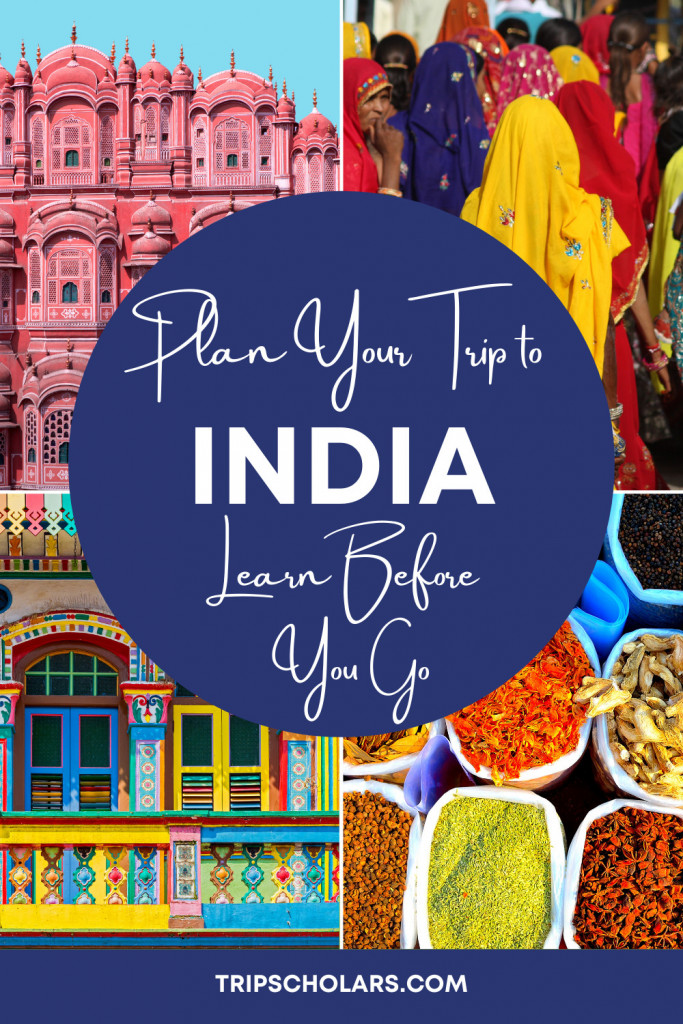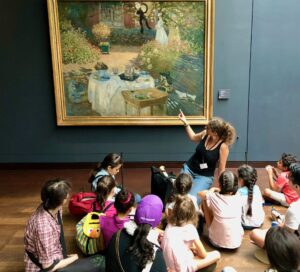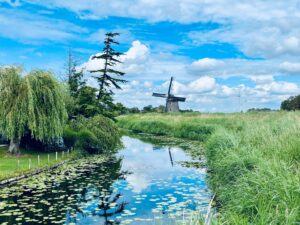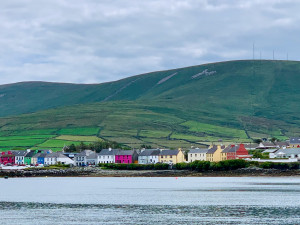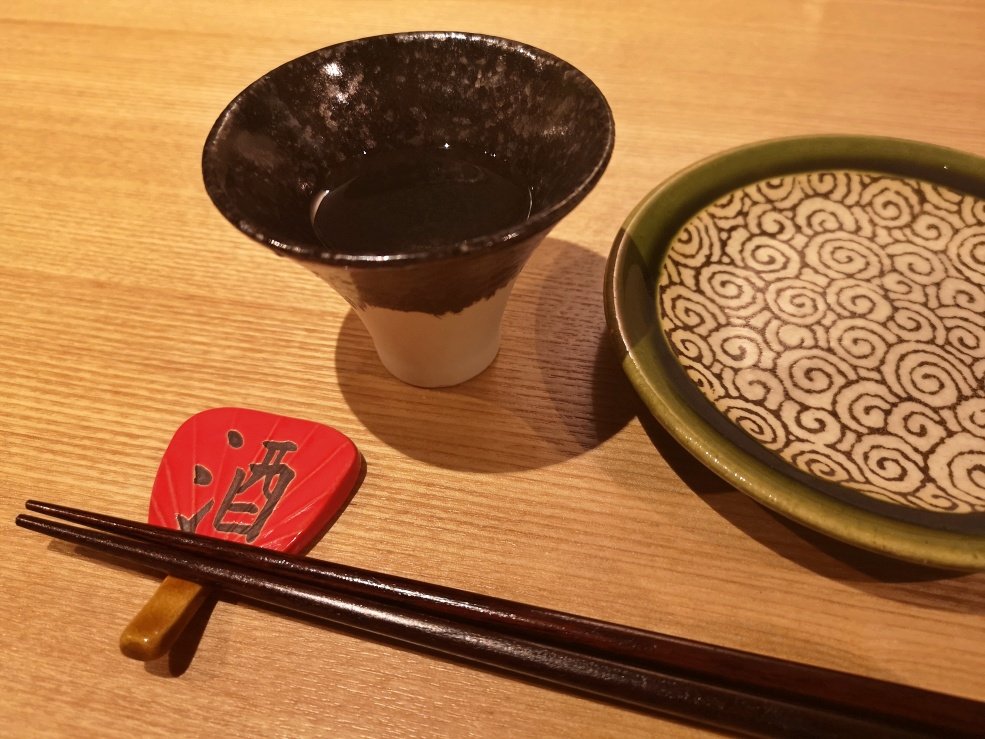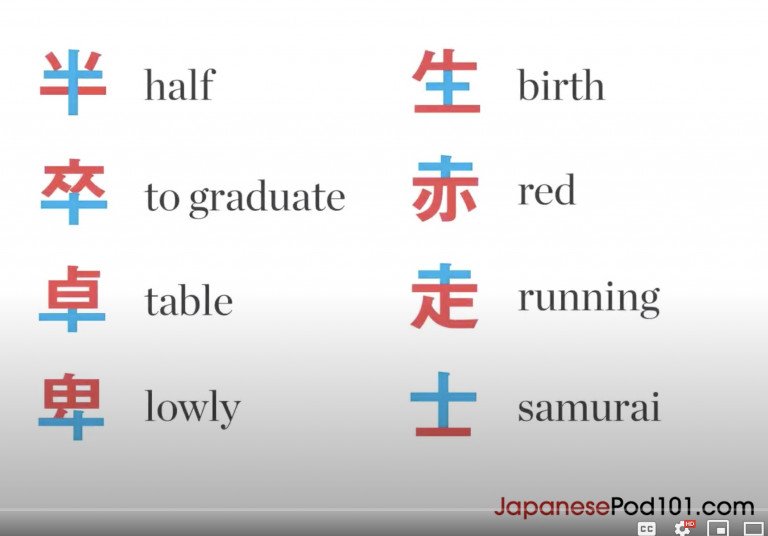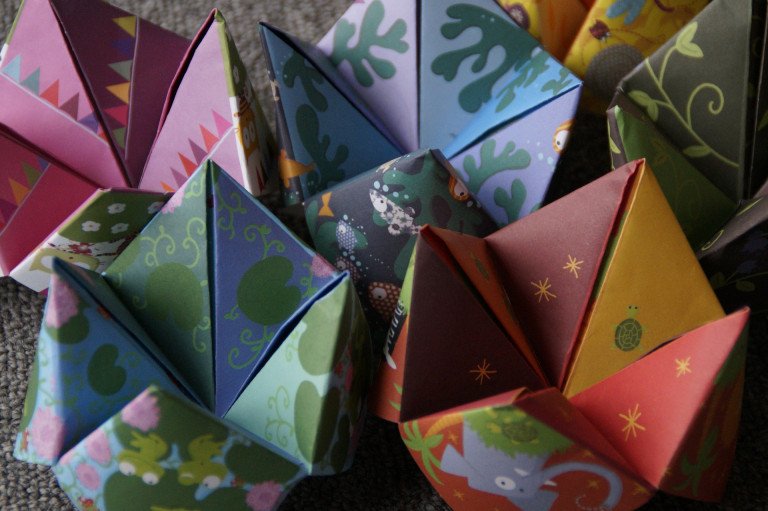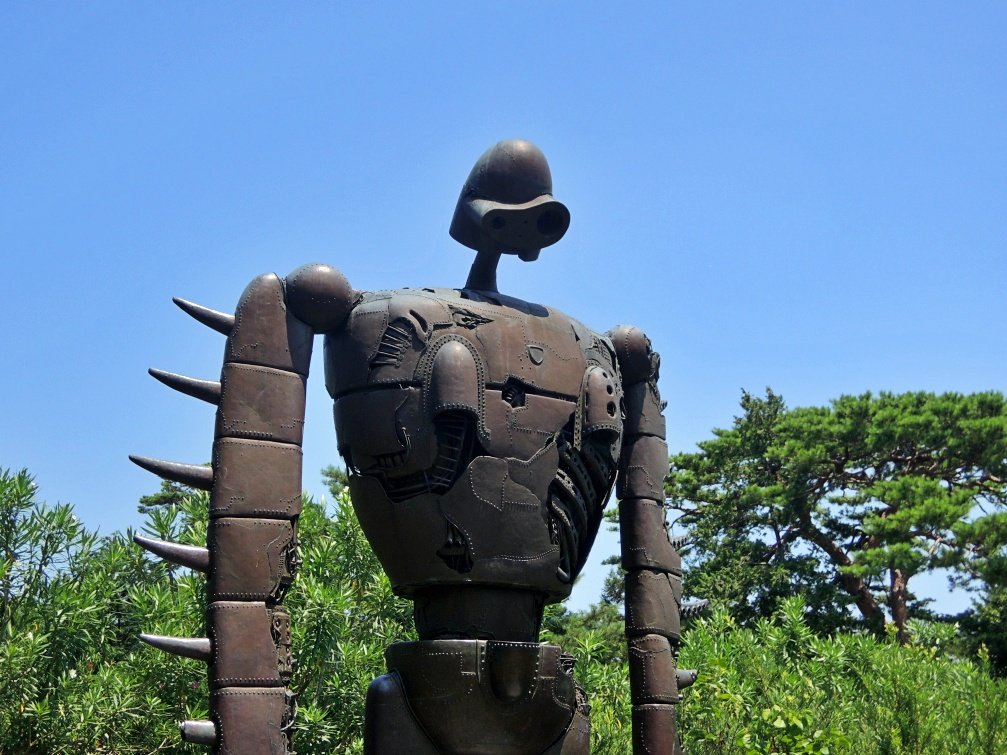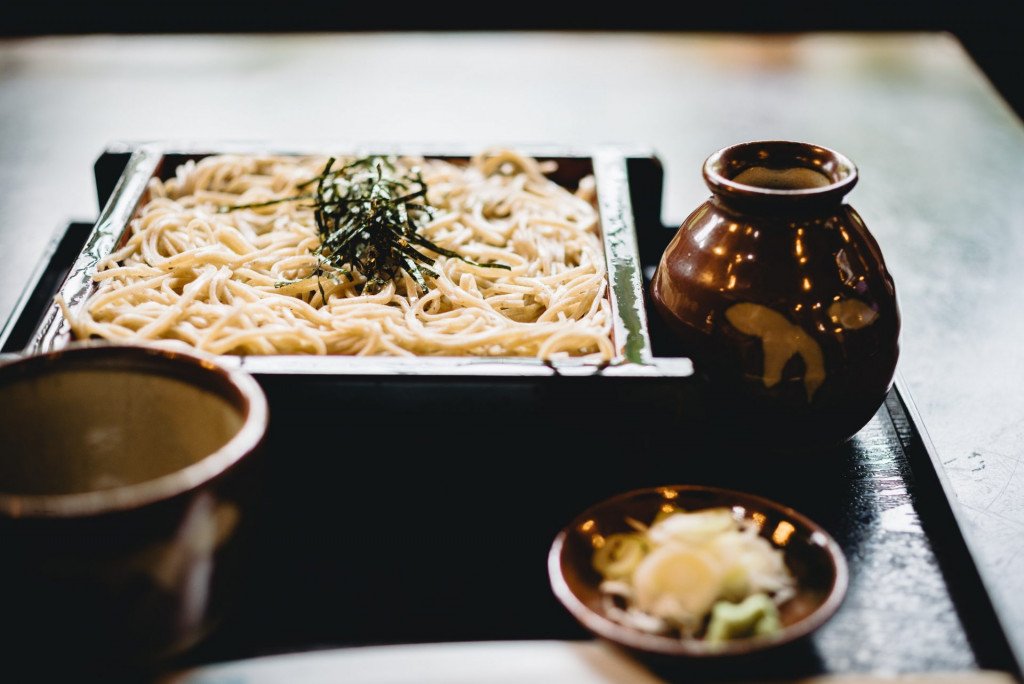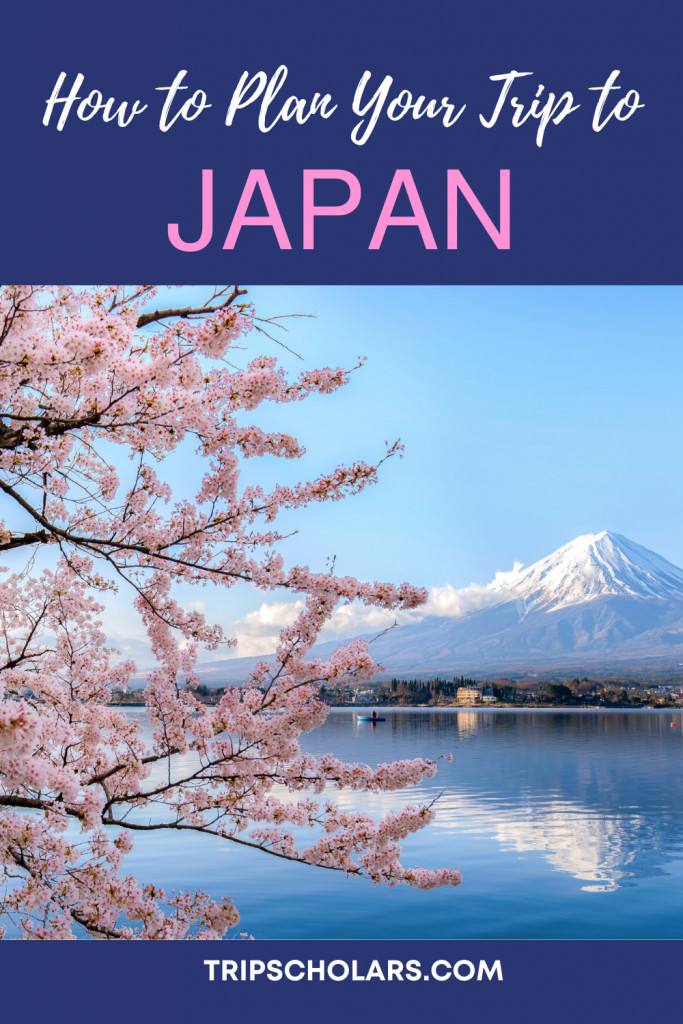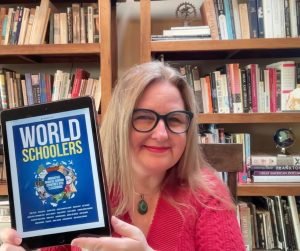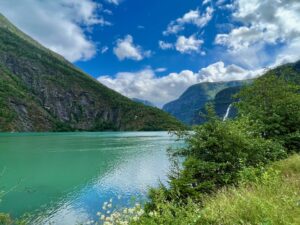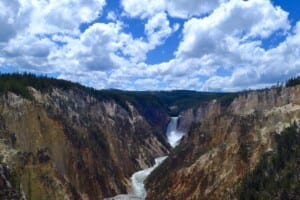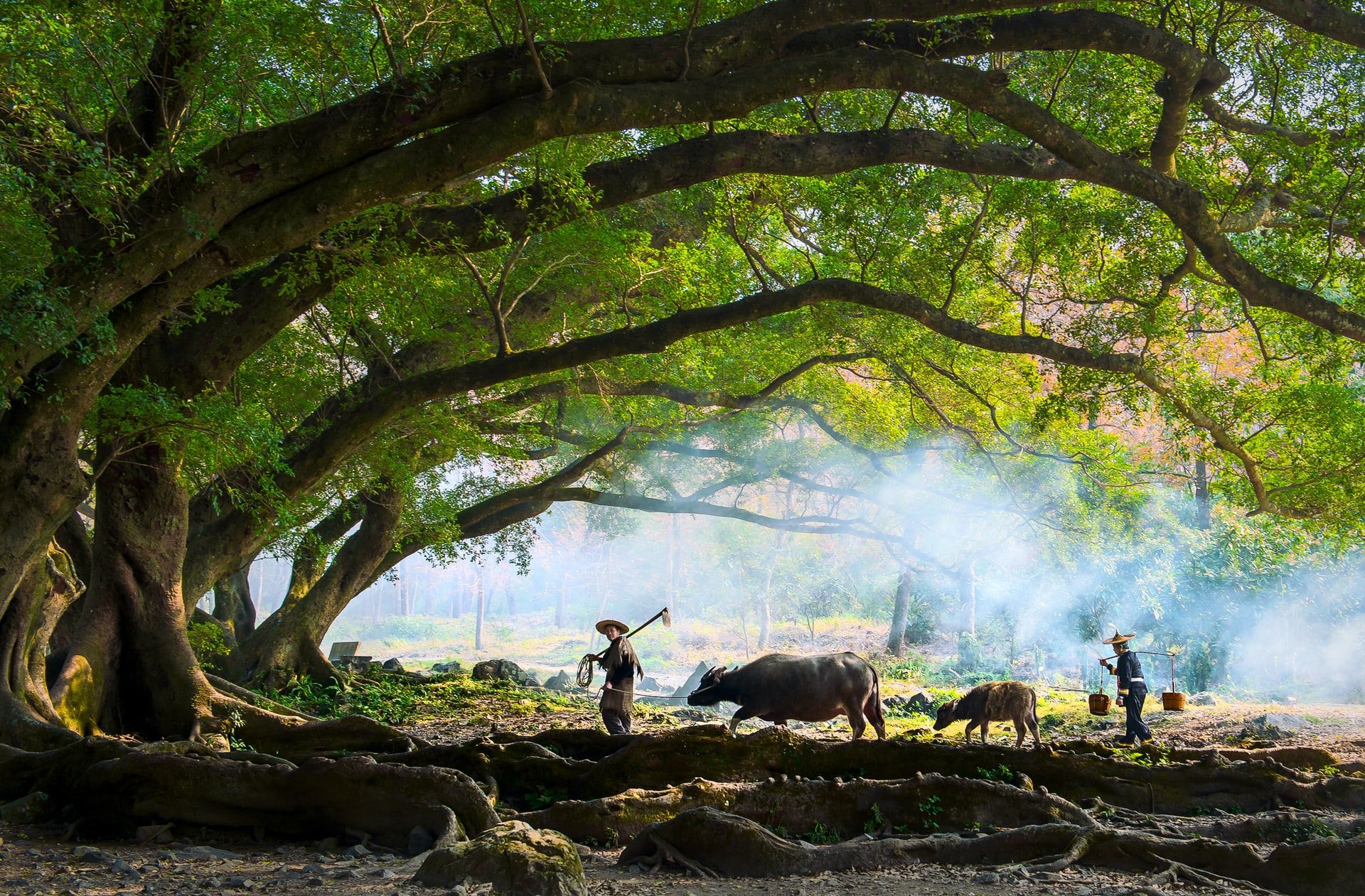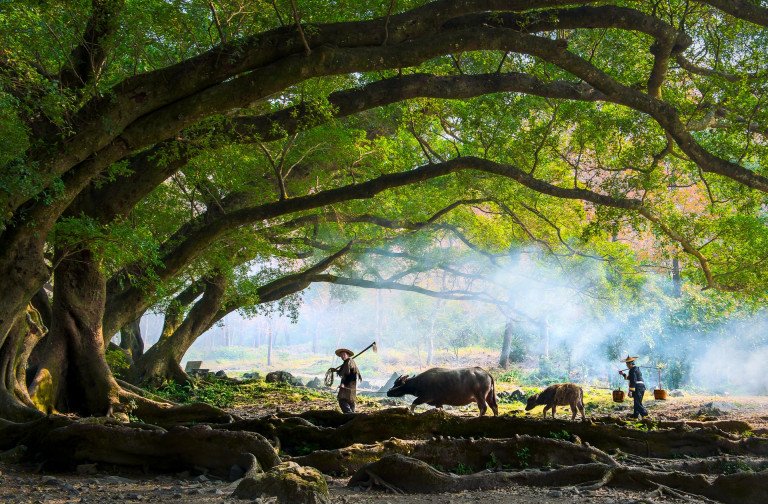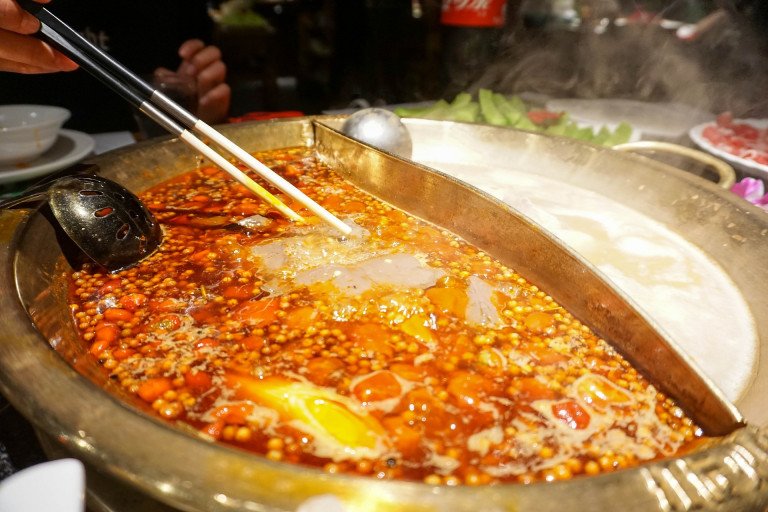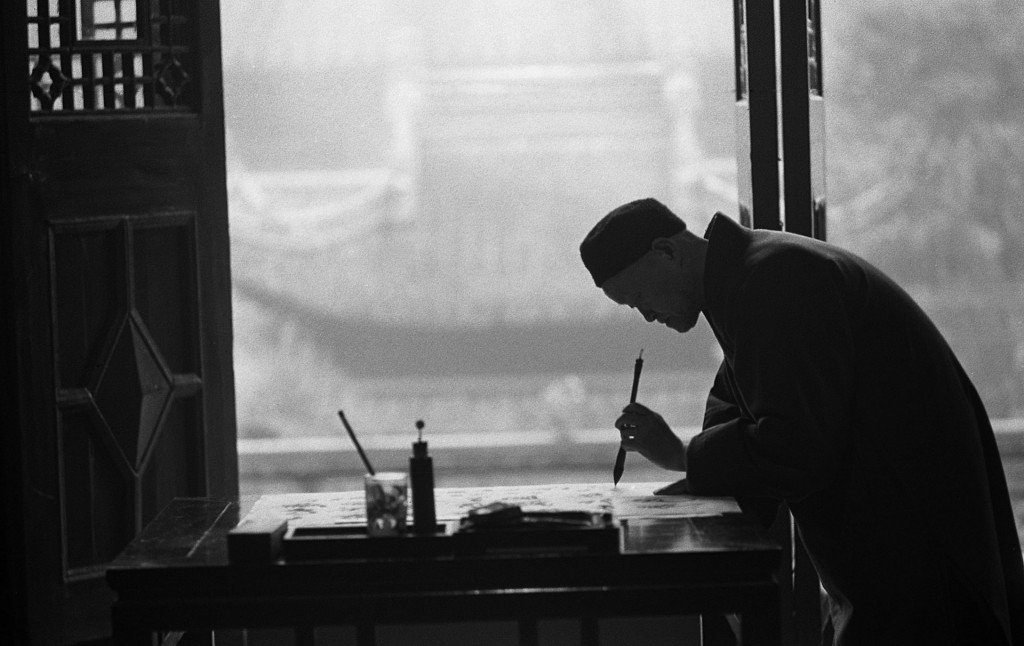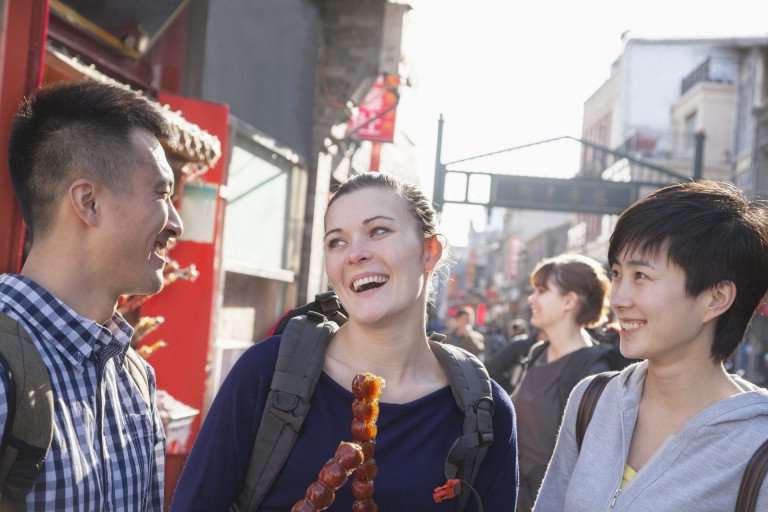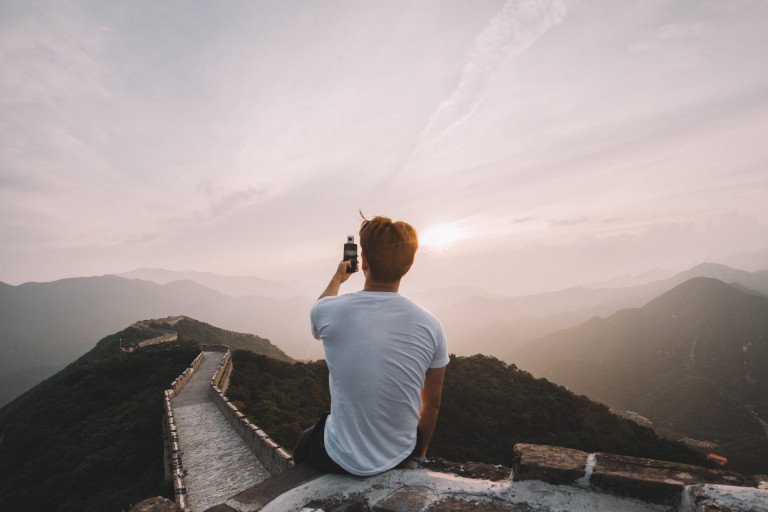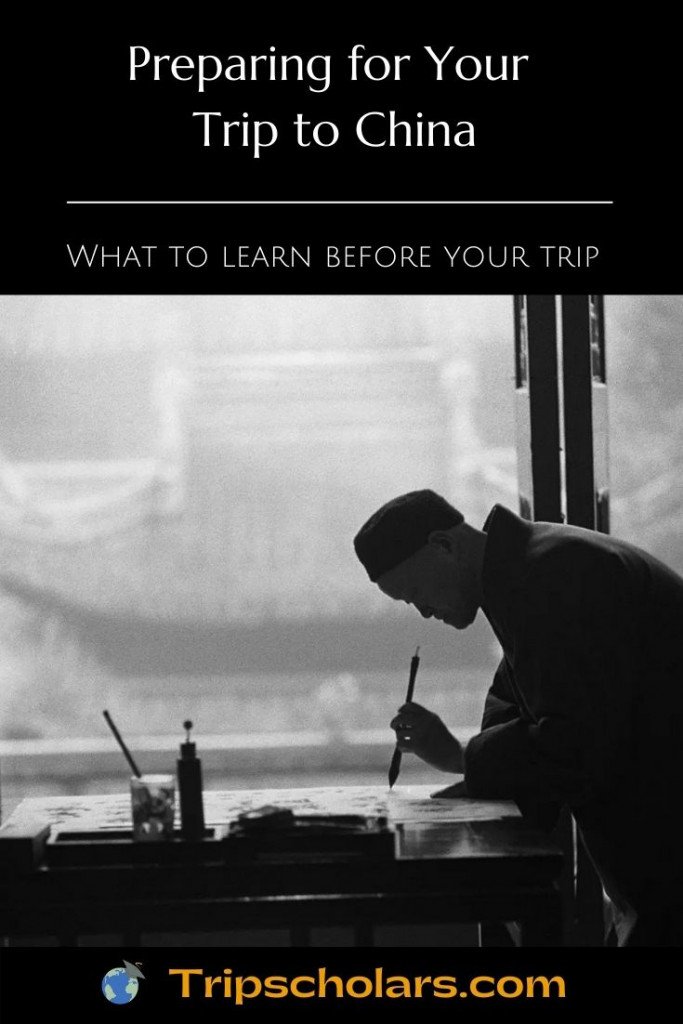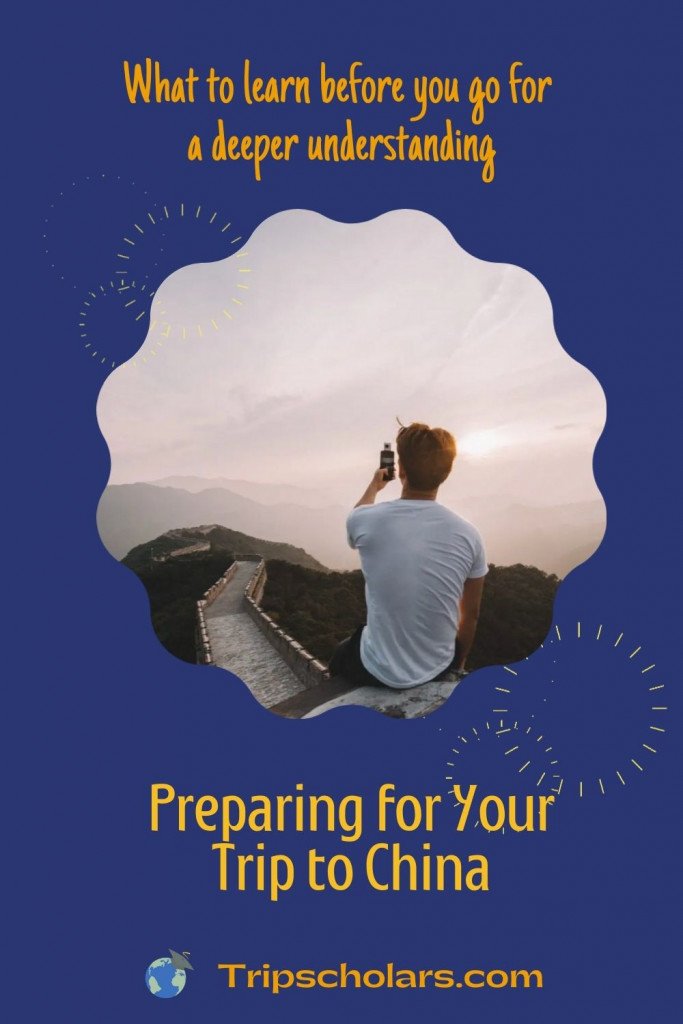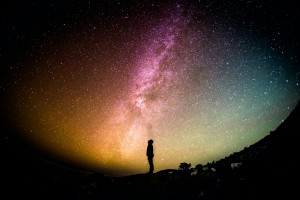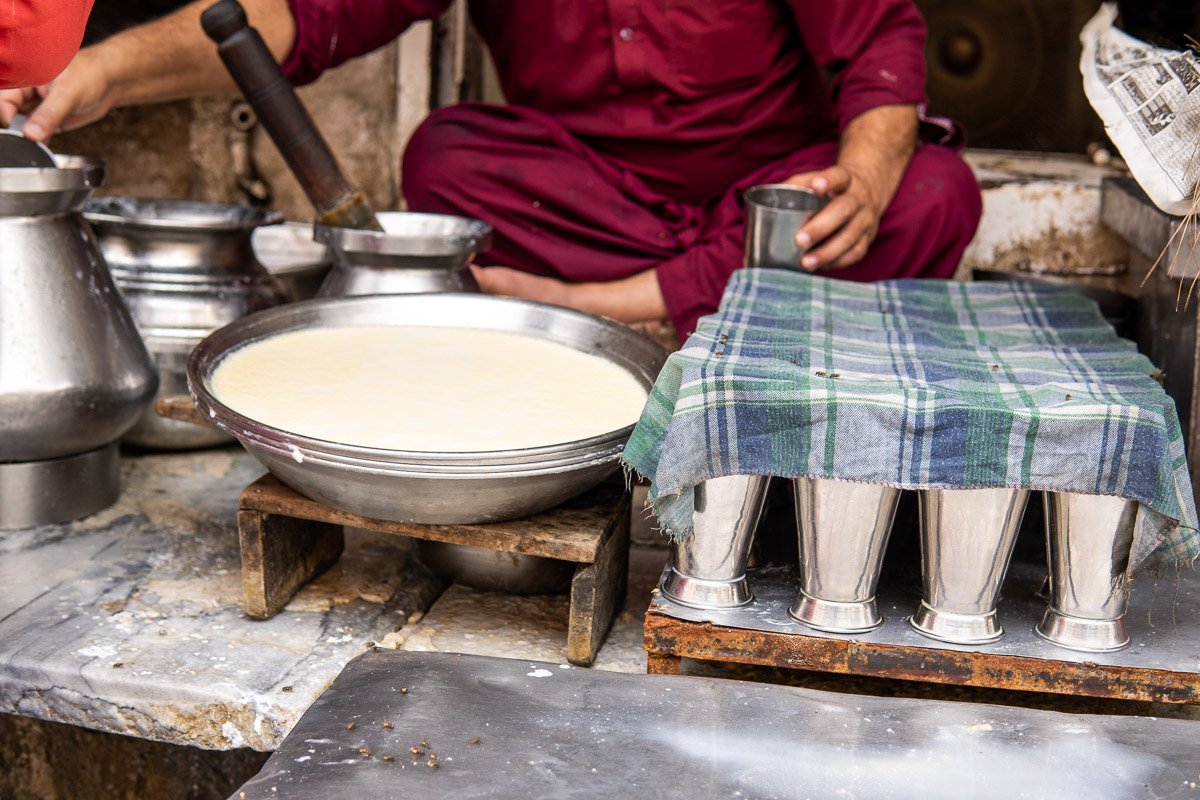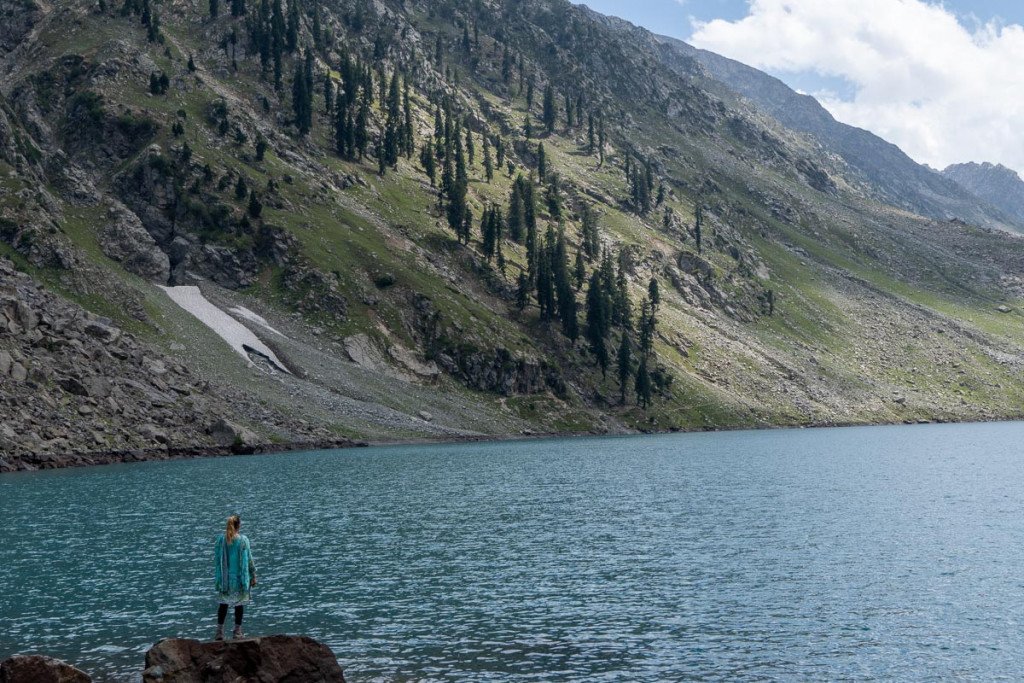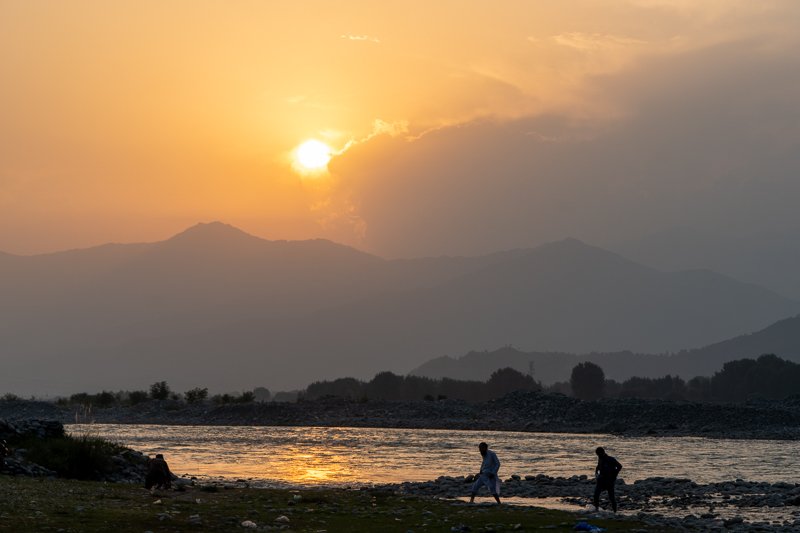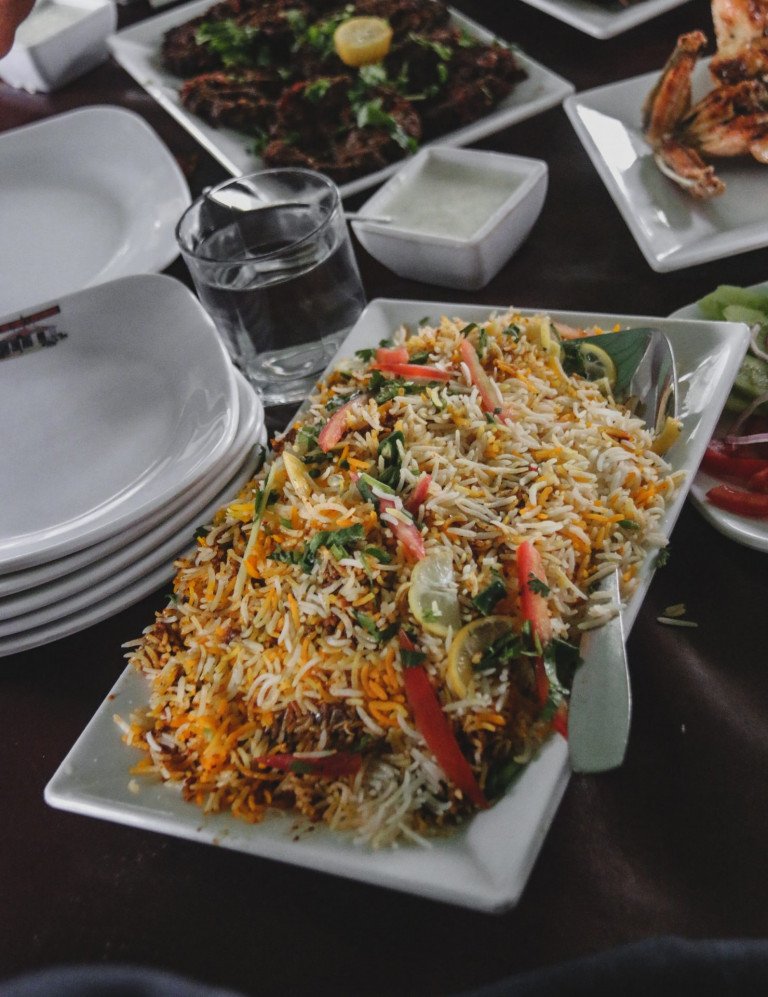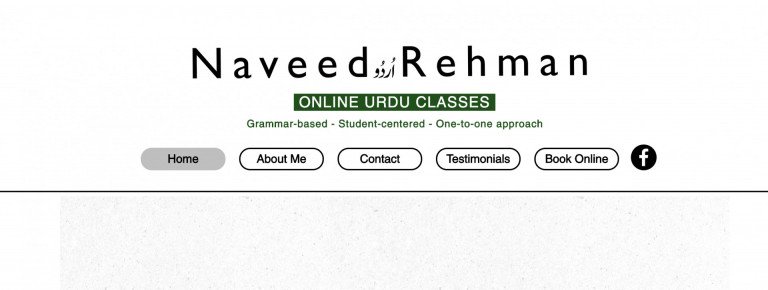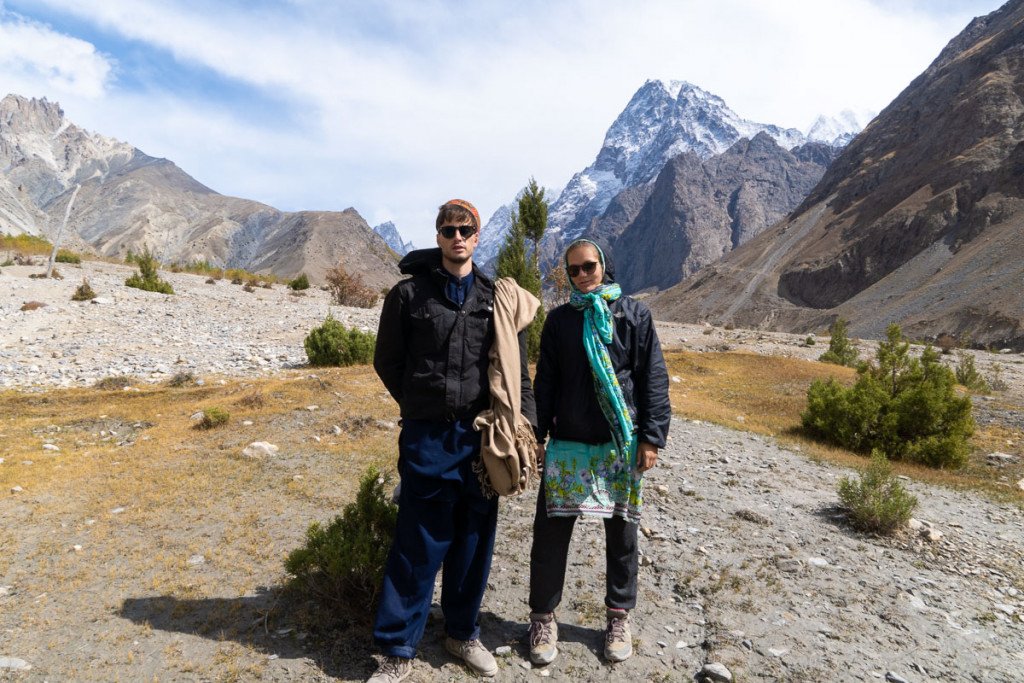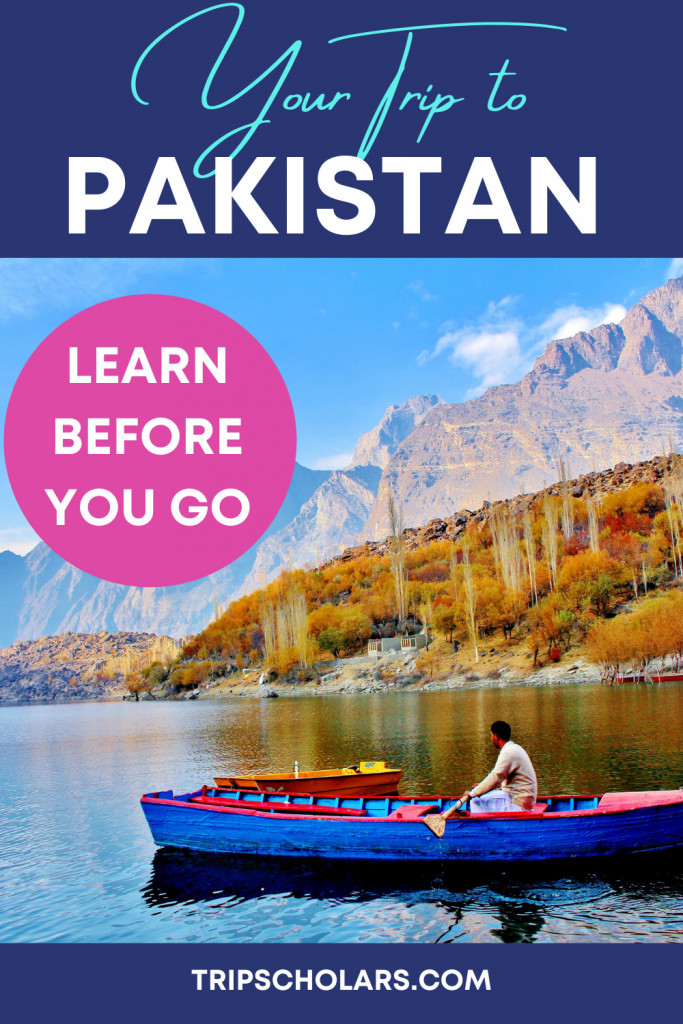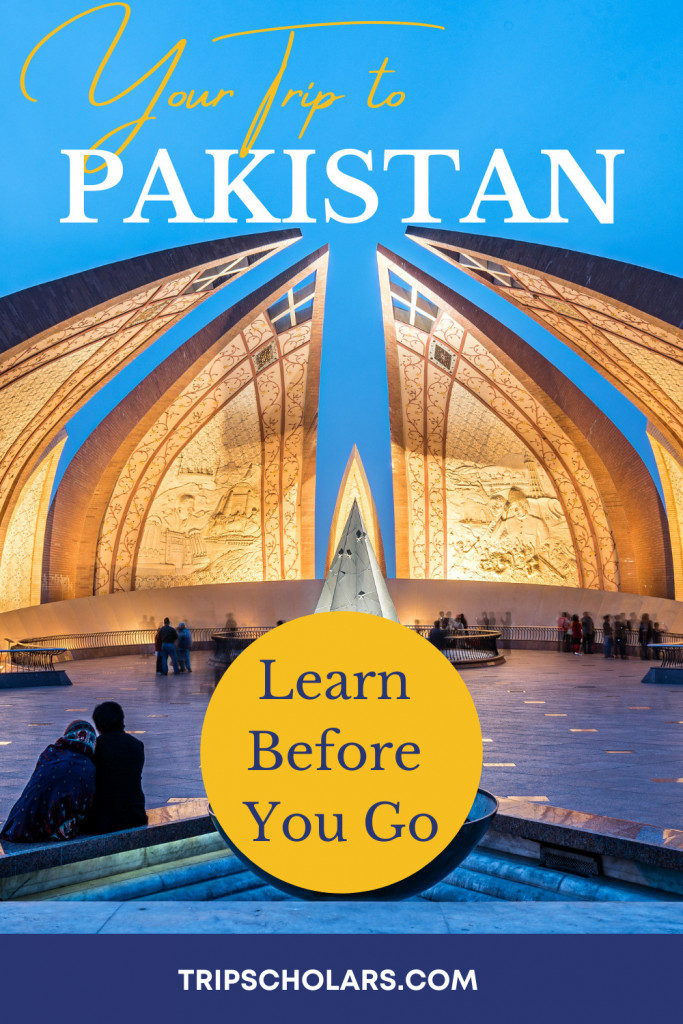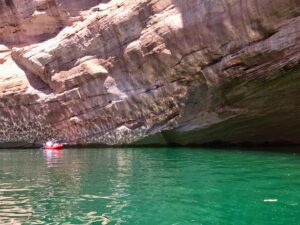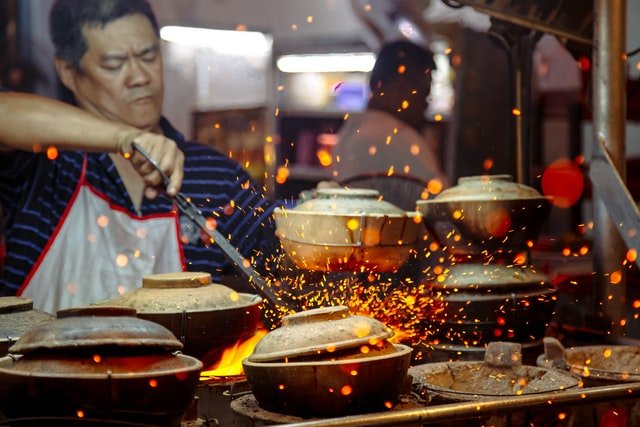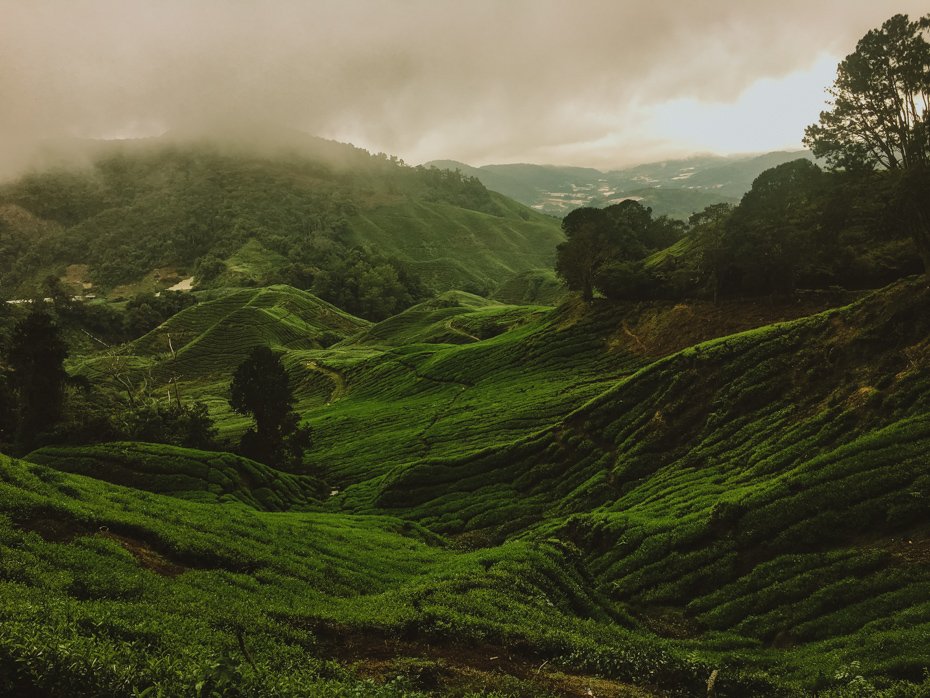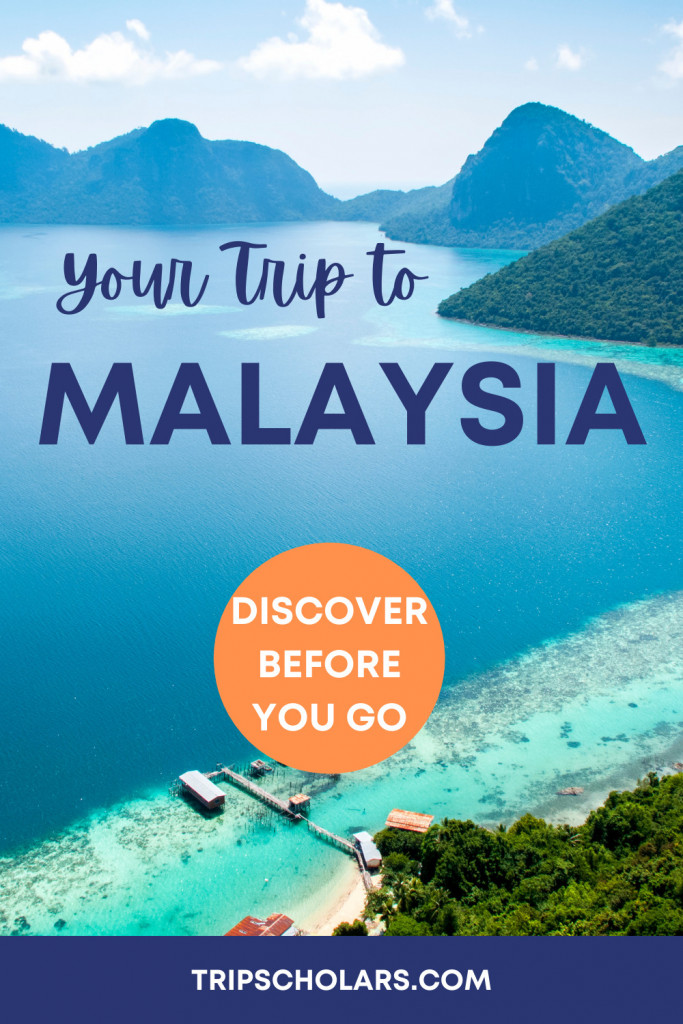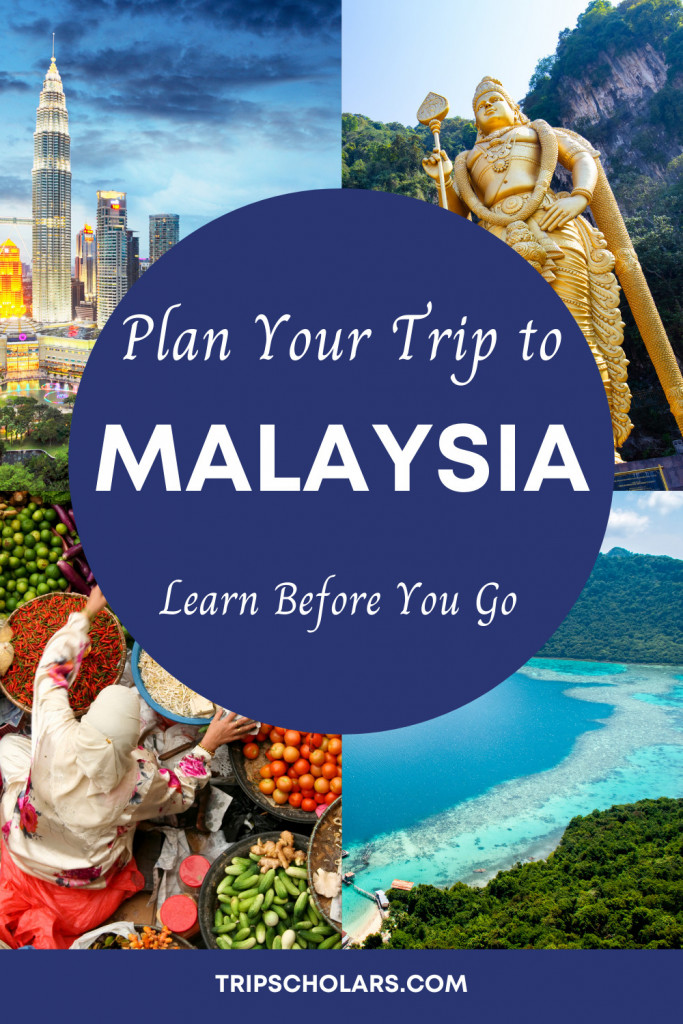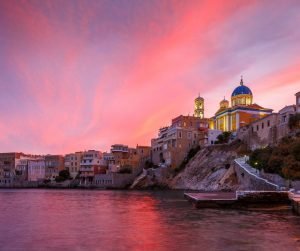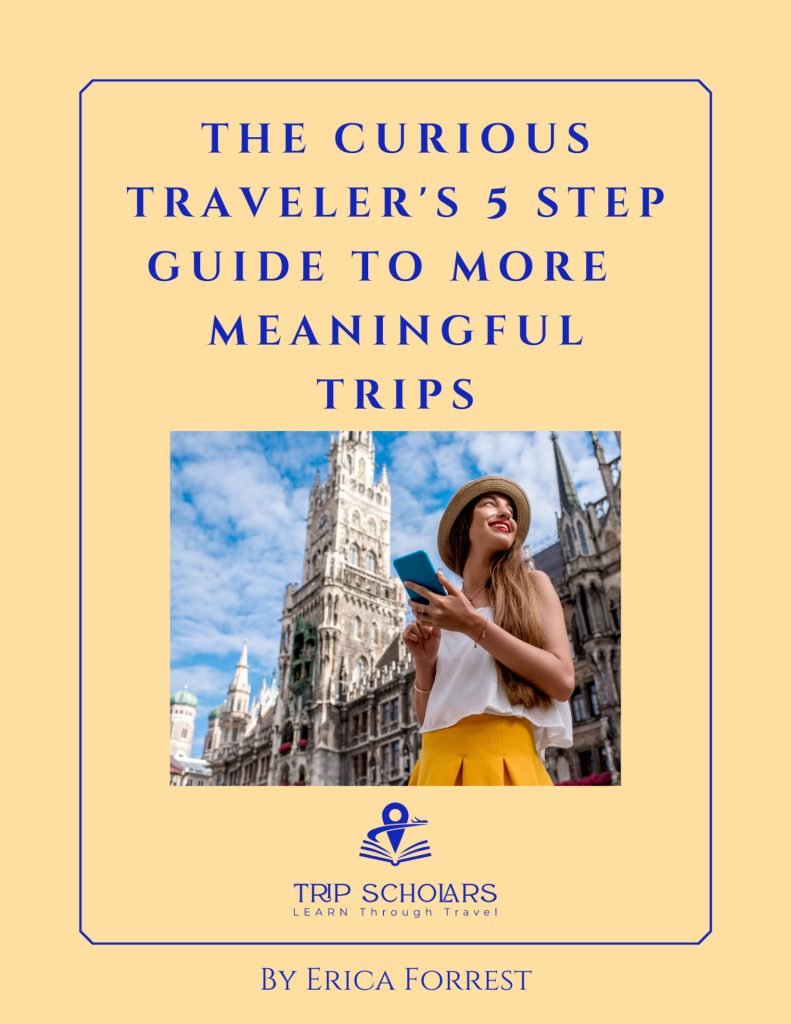What to Learn Before
Your Trip to Indonesia
Borobudor Temple, Indonesia Photo by Geena Truman
This post may contain affiliate links which means Trip Scholars may make a small commission (at no extra cost to you) if you make a purchase. As an Amazon Associate I earn from qualifying purchases. Read more here. Thanks for helping us keep the lights on!
Like most travelers, my first exposure to Indonesia was the island of Bali. Locally known as the “Island of the Gods”, it’s a beachy paradise with a spiritual aura that has, in recent years, become Instagram famous. Because of this, it’s also one of the most heavily touristed regions in the world. It can be easy to forget that Indonesia is so much larger than just Bali, and that Bali, by all accounts, is a limited representation of the rest of the sprawling country. I’ll be sharing what to learn before your trip to Indonesia to make the most of your time in Bali, or any of the islands you are able to visit.
Of Indonesia’s more than 17,000 islands, all scattered across the warm tropical oceans of the equator, about 6,000 of them are inhabited. Each has a unique personality and even its own distinct language. So far, I’ve only had the pleasure of visiting 9 islands, but I can confidently say if paradise on earth exists, you’ll find it here. It’s a country that keeps me coming back and learning more with each visit. There are a lot of pre-trip resources available so you can arrive with a greater understanding of Indonesia’s culture and be ready to hit the ground running.
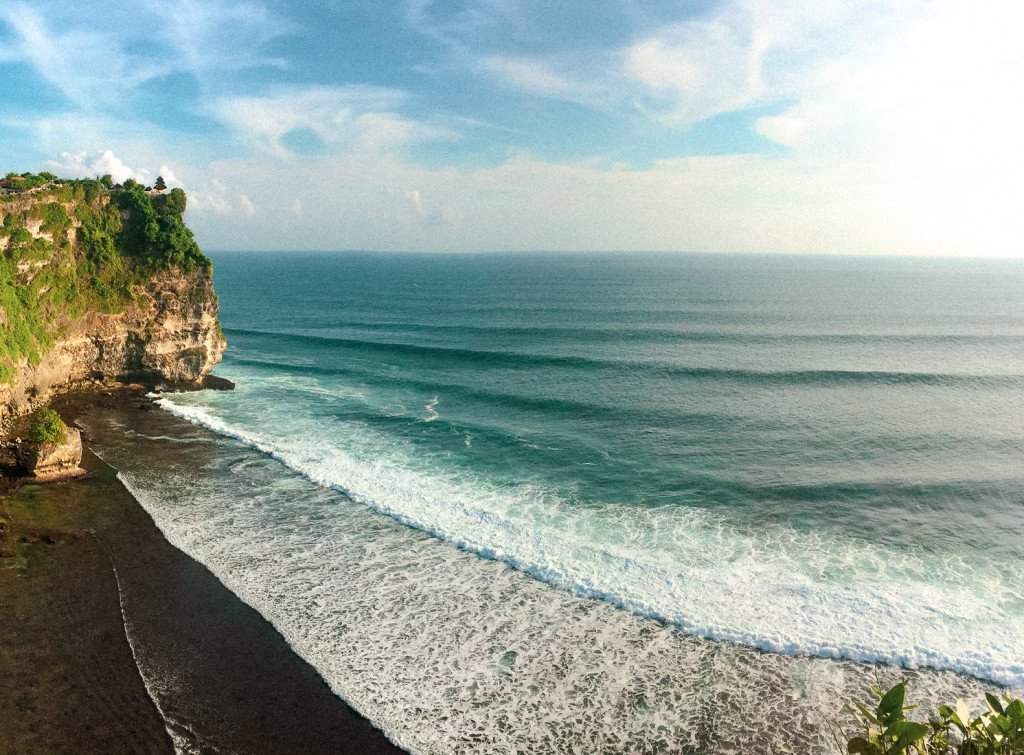
Learn about Indonesia’s history before your trip
Before you delve into the culture of Indonesia, it’s important to consider what part of the country you’re visiting. Raja Ampat, Flores, Java, Bali, Sulawesi, or Lombok all have drastically different histories and traditions, different religious beliefs, and speak different languages. This can complicate both travel and governing throughout a country. But it adds so much cultural diversity to Indonesia. It’s both the blessing and the curse of being a country composed of individual islands.
To get a big picture look before my first trip to Indonesia, I read Indonesia, Etc. by Elizabeth Pisani. With the enthusiasm of a thrilling travel story, she paints the tumultuous and complicated history of Indonesia’s more than 300 different ethnic groups, and the effort the government has made to unite them. It’s an eye-opening and educated read that helped me to understand Indonesia as a whole.
If you’re itching for more reading material, pick up A Brief History of Indonesia: Sultans, Spices, and Tsunamis: The Incredible Story of Southeast Asia’s Largest Nation by Tim Hannigan or A Brief History of Bali: Piracy, Slavery, Opium, and Guns: The Story of an Island Paradise by Willard Hanna. These books cover Indonesia’s history, what life is like on the islands, and what makes the islands unique destinations worth visiting.
Of course, if you’re wondering why you may want to go to Indonesia in the first place, the bestseller Eat, Pray, Love by Elizabeth Gilbert is a light and inspiring place to start.
Explore the culture of the Indonesian Islands Before Your Trip
Once I paint a backdrop of the history of Indonesia, I dive into the culture so that I know what experiences are worth having– those bucket list experiences that I don’t want to miss. For example, visiting the ancient Buddhist temples of Borobudur, the belching sulfur mines of Ijen, and the innovative street food scene of Yogyakarta. Or trekking through the jungles of Sumatra in search of wild orangutans, summiting the smoldering active volcanoes, and exploring the idyllic beaches and colorful underwater worlds living on Indonesia’s reefs.
Here are more resources to guide you toward having the most meaningful and culturally immersive experiences in Indonesia.
Consider DuoLingo
Having the ability to communicate with locals, even just a few phrases, will completely change your trip. You’ll get local recommendations, be able to chat about politics and traditions, and it allows you to ask questions you may not have thought about before your visit. Learning an entire language before your trip is probably unreasonable, but DuoLingo helped me brush up on basic Indonesian phrases quickly. Although each island speaks its own specialized language, most residents also speak Bahasa Indonesia which is what DuoLingo offers. And, it’s completely free. For many more ideas about language learning, read our article, How to Learn a Language Before Travel.
Kecak Dance In Uluwatu Bali
I stumbled upon the traditional Kecak dance scene by accident on my first trip to Bali. It’s a combination of Hindu drama and music, performed with elaborate costumes and no musical instruments. The entire performance is done with only synchronized chanting. To make the display even more memorable you’re overlooking a stunning sunset atop a cliffside within the grounds of a Hindu Temple.
Religiously, Bali is a mixture of Hinduism and Buddhism, while the rest of Indonesia is predominantly Muslim. Visiting the temples on the island and experiencing the variety of religious backgrounds will widen your perspective.
UNESCO World Heritage Sites

Indonesia is stuffed full of ancient temples, but only a few have earned the prestigious honor of UNESCO Heritage status. Their website is a great resource to learn the significance of the Borobudur Temple Complex, Komodo National Park, and the Prambanan Temple before you visit. For more ideas about visiting UNESCO sites, read our article, Visiting the World’s Most Valuable Places.
I highly recommend visiting Borobudur at sunrise, as it was meant to be seen. The vast temple complex was crafted with the morning sun in mind, and witnessing that hazy pastel sunrise really enhances your experience.
Food of Indonesia
To get your mouth ready for the pure explosion of pleasure that you’ll experience in Yogyakarta (island of Java), settle onto your couch and pop on the Netflix documentary, Street Food. Diving into the traditional preparations of iconic street foods and highlighting the best vendors to seek out, this documentary opens your eyes to the world of street food all over Asia, especially in the cultural capital of Indonesia–Yogyakarta.
As an avid traveler who loves to get off the beaten path and tries to understand the cultural undertones of a country before I go, I find that Parts Unknown, hosted by the late Anthony Bourdain, is an amazing resource. At the very least, it’s gastronomic inspiration, but often I find that his look at the food culture of a country reveals so much more than gastronomic insights. The Indonesia episodes are particularly intrepid as Bourdain dives into the diverse food culture of Jakarta and even gets to witness a traditional funeral ceremony.
Explore the diverse nature in Indonesia before your trip
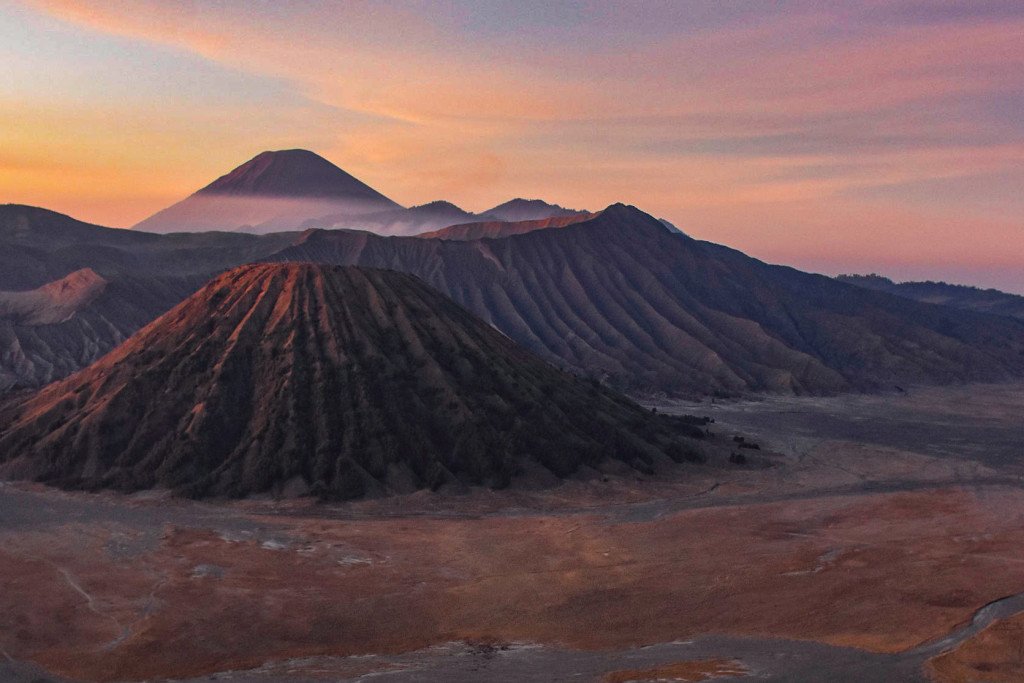
Volcanoes and the sulfur mines on Mount Ijen
Volcano hikes are extraordinarily popular in Indonesia, especially for sunrise. There are plenty to choose from– Mount Batur, Mount Bromo, Mount Rinjani– but climbing Mount Ijen is more than just a look at Indonesia’s stunning natural beauty, it’s a look at the back-breaking sulfur industry, as well. National Geographic wrote an amazing piece about the mines and gave a personal look into the lives of the miners who toil away there. It is worth learning more about it before your trip to Indonesia.
My experience climbing Ijen was one of the most memorable of my time in Indonesia. It was almost painfully beautiful to experience the sunrise over the acid lake, watching the blue flames licking out of the mouth of the volcano. It was also eye-opening to meet a few of the miners who live in these hostile conditions day in and day out.

Experience the rainforest and the endangered species that thrive in it
The island of Sumatra is one of only two places in the world where you can still find orangutans in the wild. The only other place is yet another Indonesian island– Borneo. I spent a week in Sumatra trekking through the jungles of Bukit Lawang Nature Preserve to witness orangutans in their natural habitat.
Mass deforestation is, unfortunately, a huge problem in Indonesia, mostly due to palm oil production. If you want to learn more about orangutan conservation or to have your own ethical trekking experience in Indonesia, head on over to Sumatra Orangutan Explore. If you will be getting this once in a lifetime experience, it is worth learning more before your trip.
For some reading material about the rainforest, try Reflections of Eden by Birute Galdikas. I love this book. I cannot stress this enough. If you’re even slightly interested in orangutans and Indonesia, you have to read this book. Birute is an anthropologist who lived in Kalimantan, Borneo and studied orangutans for 40+ years straight. She is known as one of the leading authorities on orangutan research.
Are you ready to visit Indonesia?
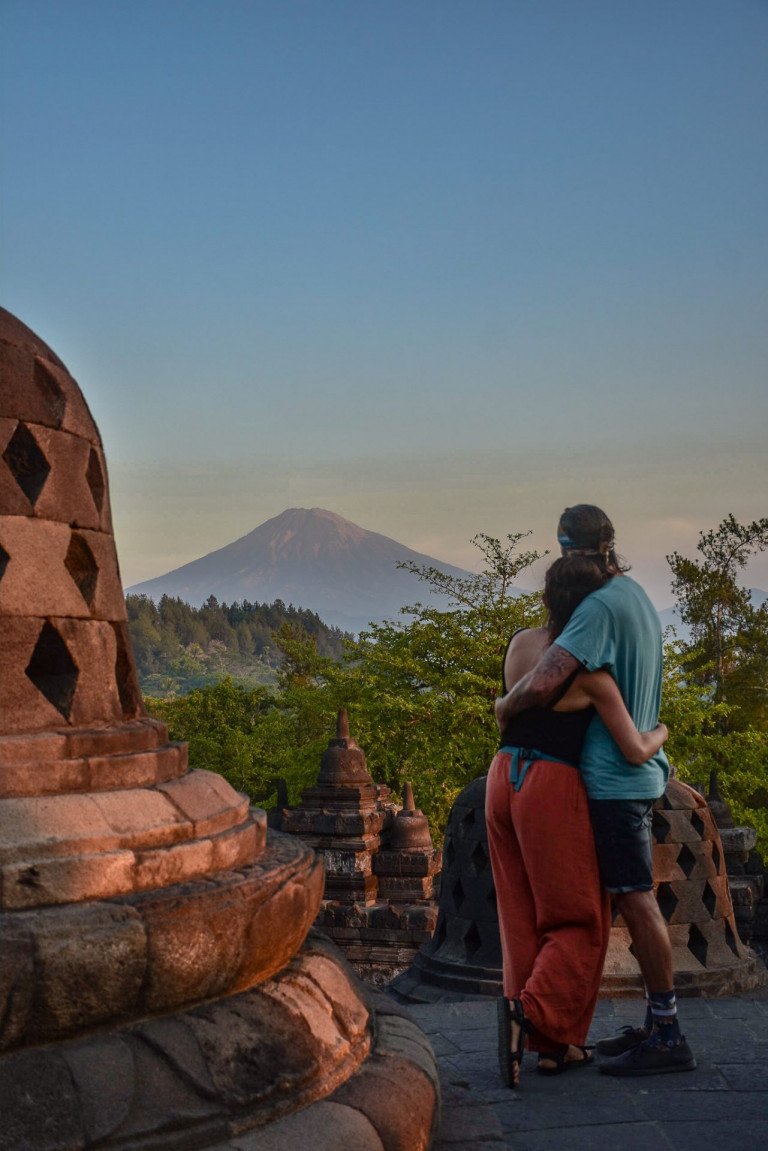
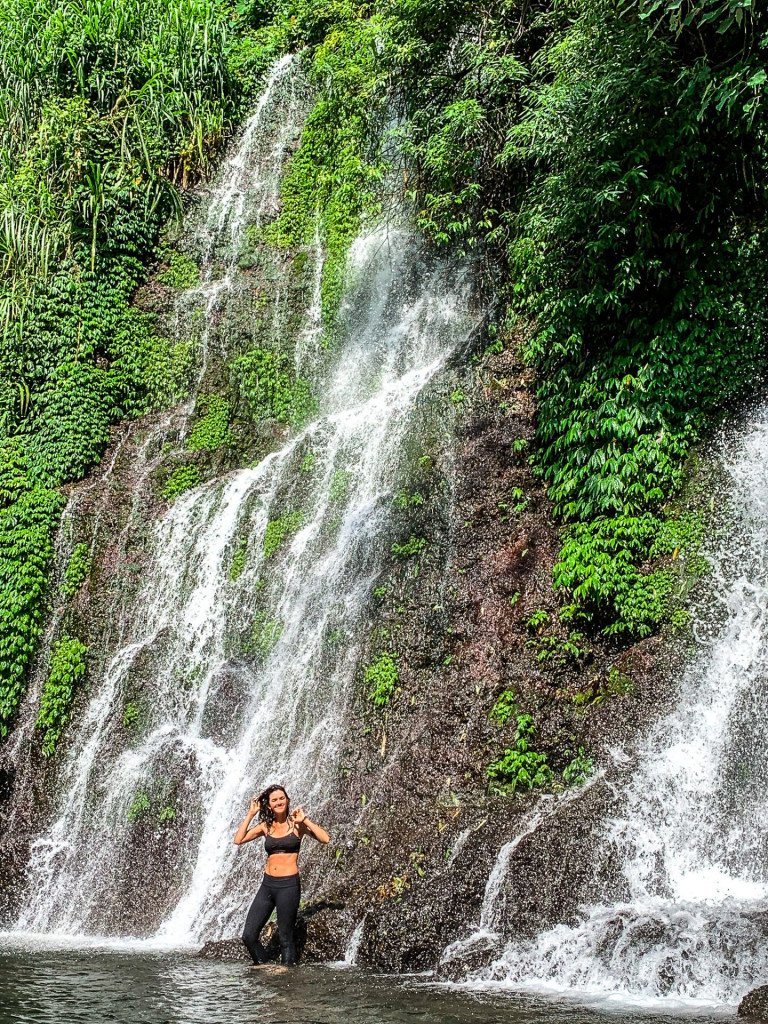
Most travelers arrive in Indonesia hoping for pristine beaches and relaxation. Don’t get me wrong, you’ll absolutely get that. But there is so much more to experience, like the deep, rich traditions and complex history that takes time to understand. You can spend months in the country and still barely scratch the surface. These resources will give you a head start so that you can make the most of your Indonesian experience.
Learn more about these resources in the Trip Scholars Resource Library. Have you been to Indonesia or do you plan to visit. Tell us about it in the comments and let us know about any resources you have found valuable.
This guest post was contributed by Geena Truman at Beyond the Bucketlist
We love to learn from our guest writers and appreciate their expertise! Visit her website by clicking on the image or name below.
DO YOU WISH YOU COULD TRAVEL MORE?
Let's Connect
I’d like to send you a free gift!
The Curious Traveler’s 5 Step Guide to More Meaningful Trips
Like it? Pin it for later!
Share this post
